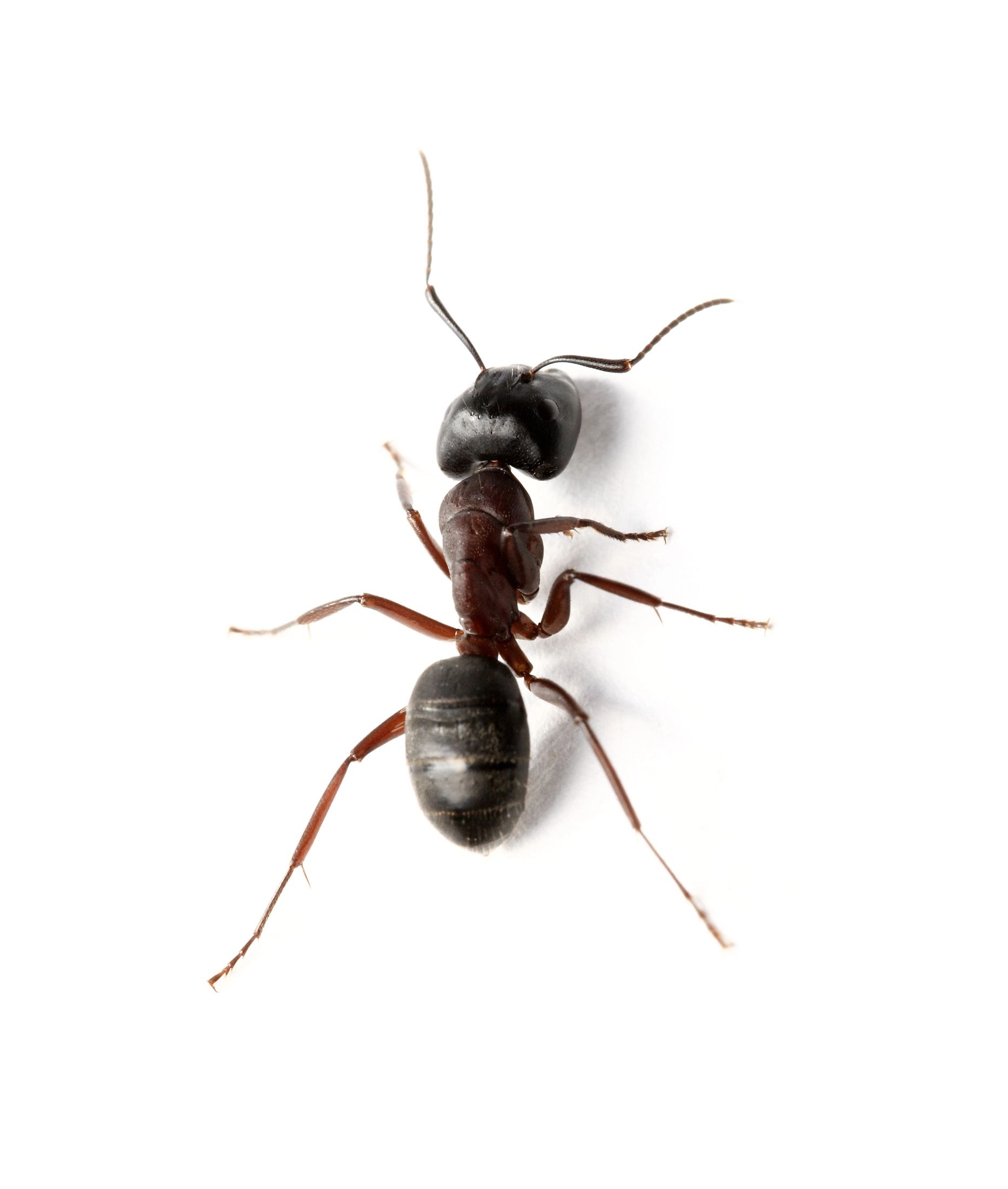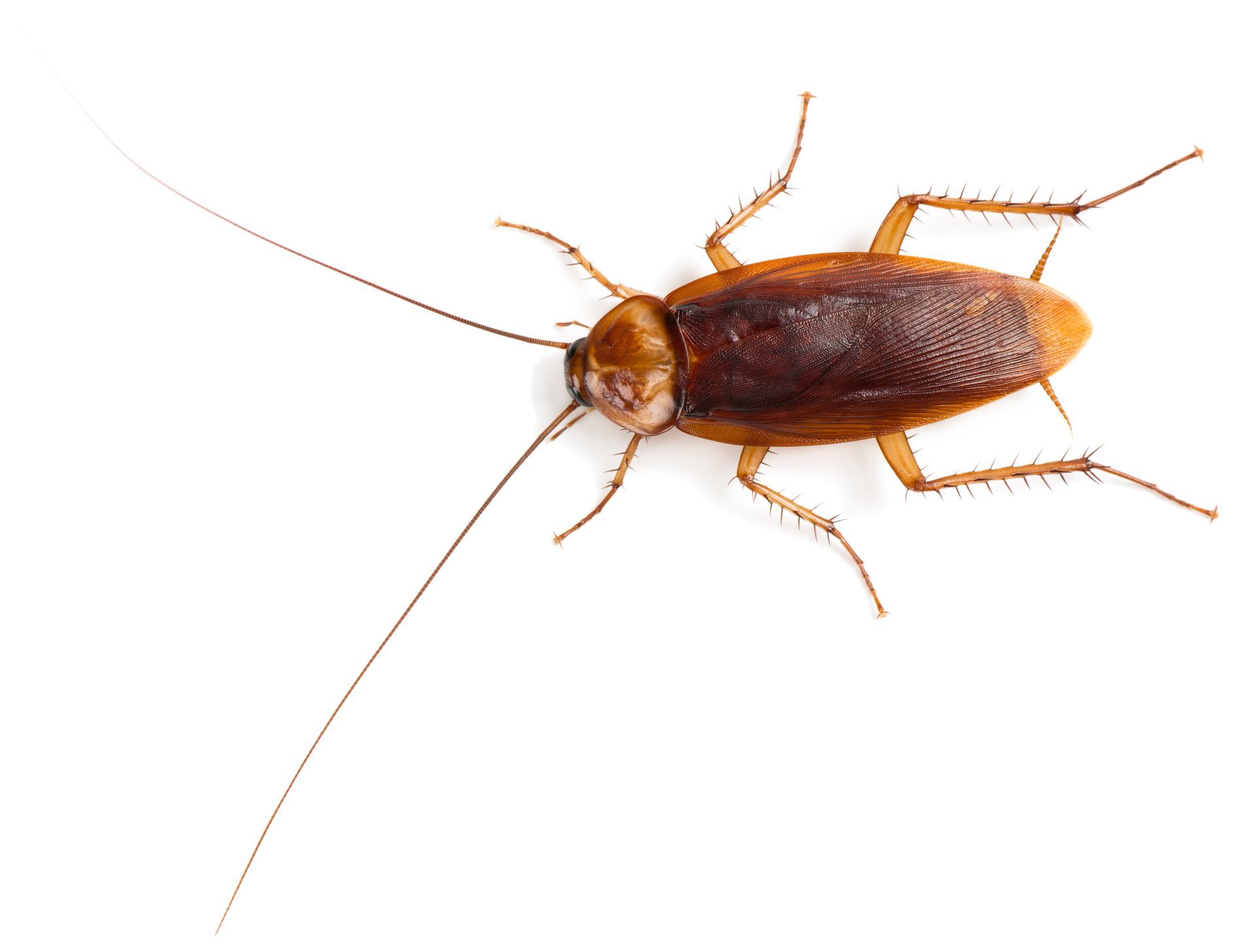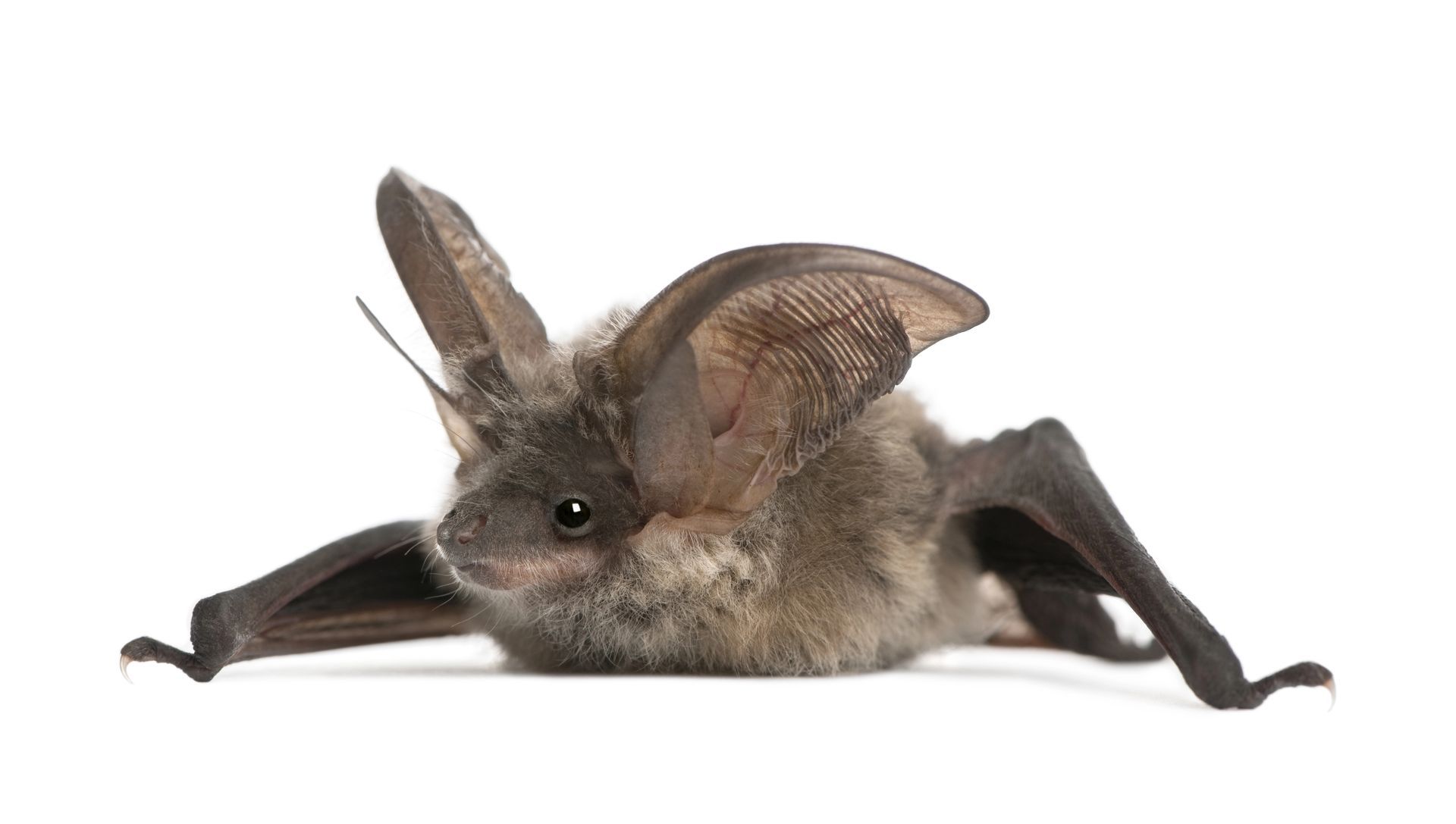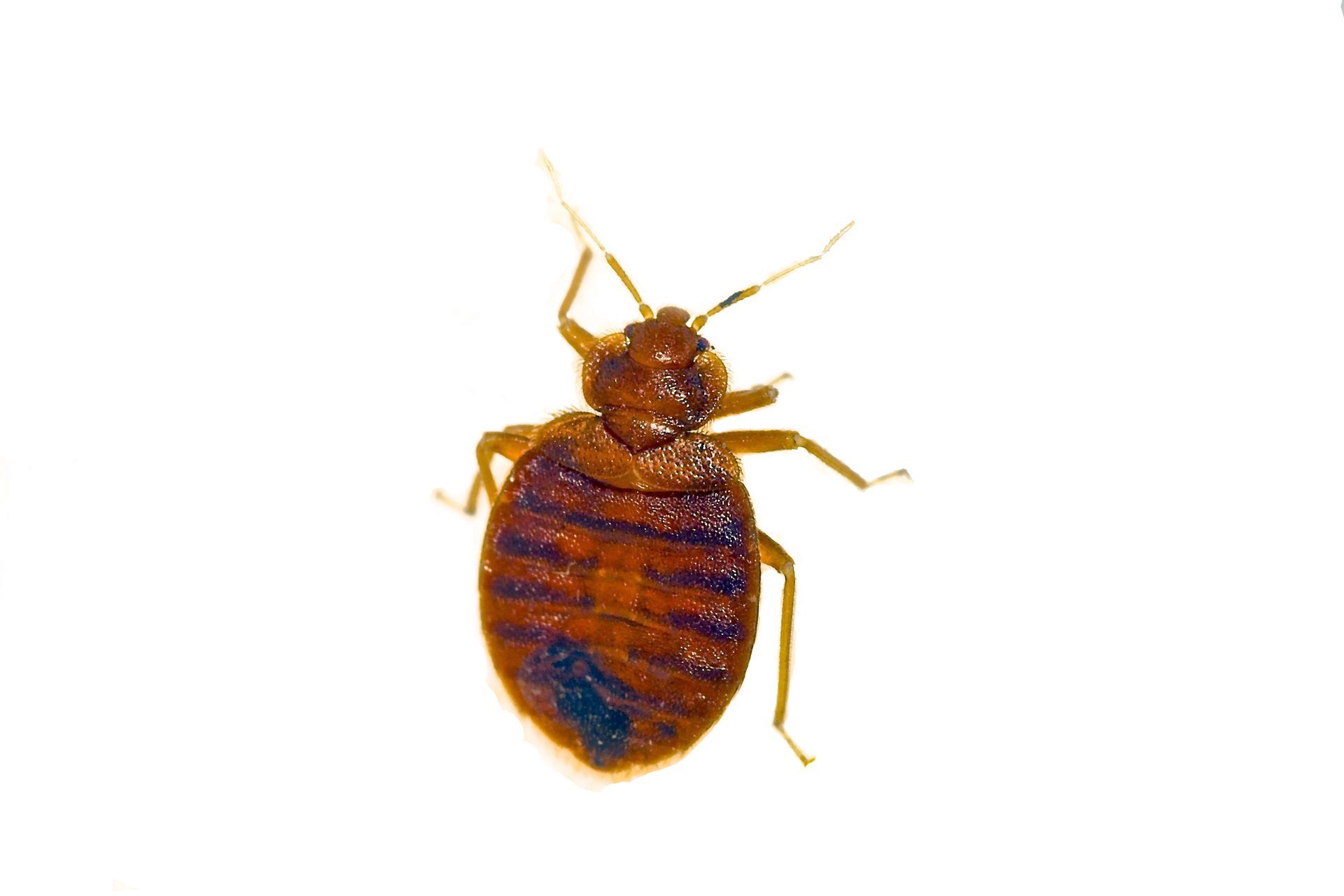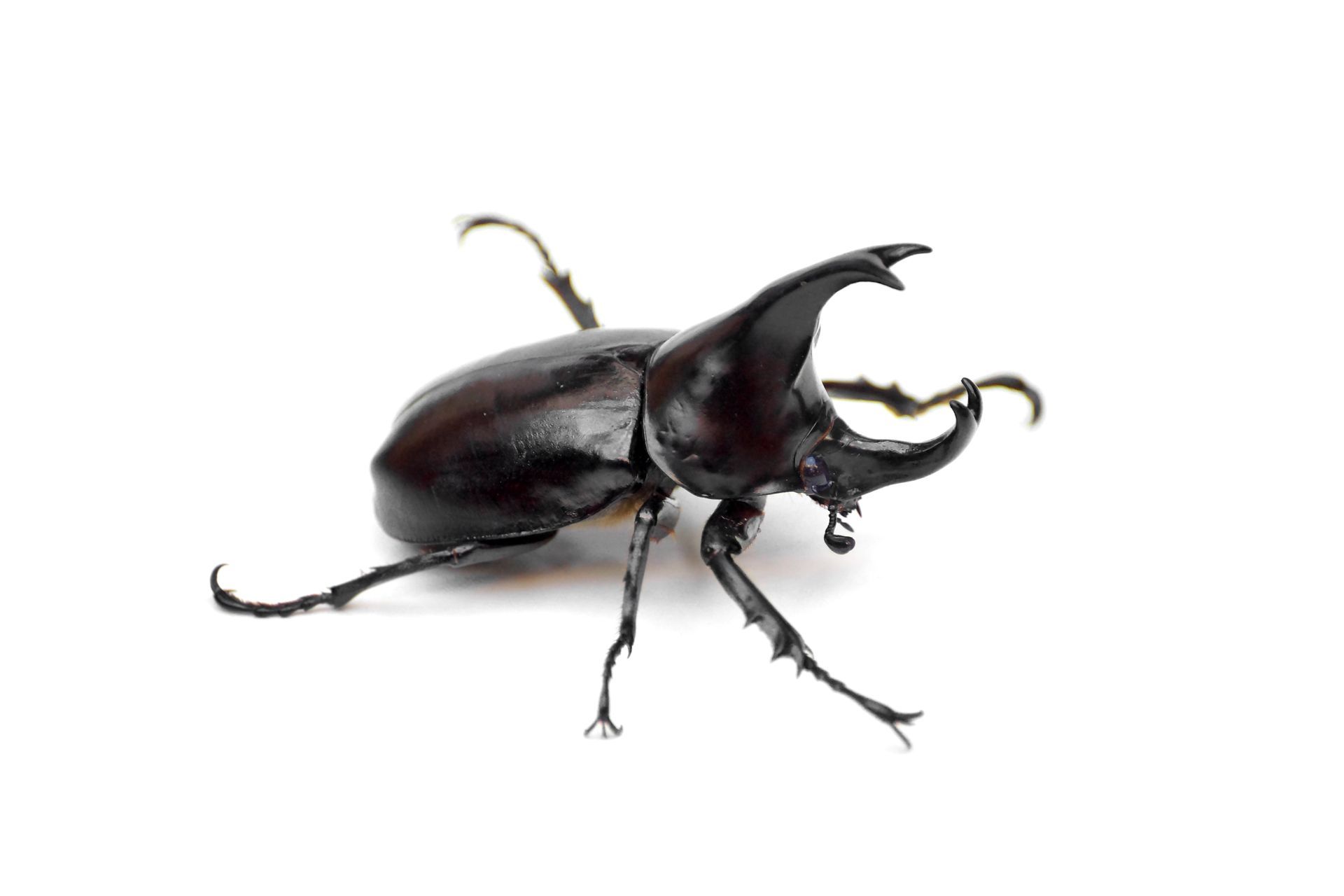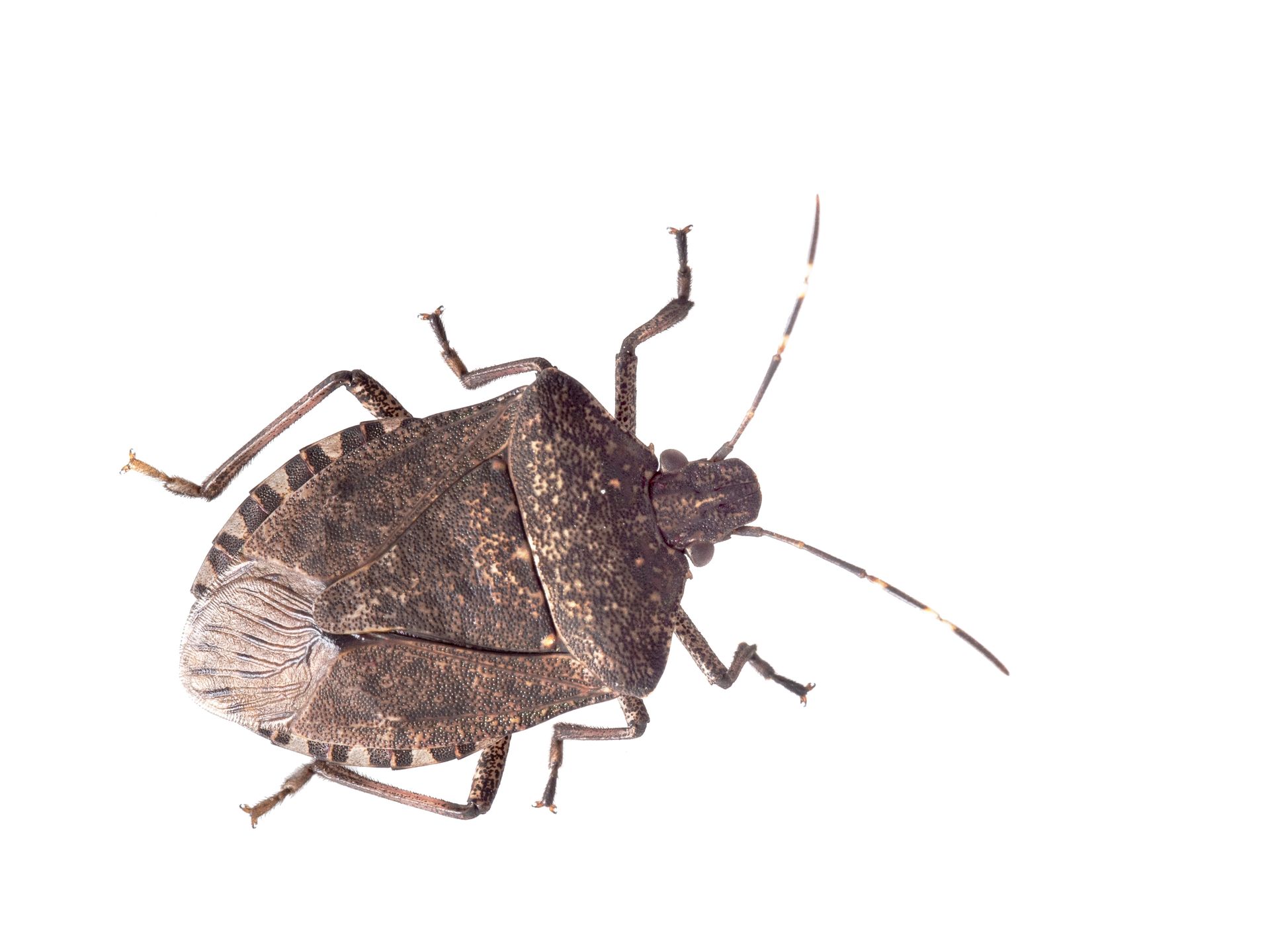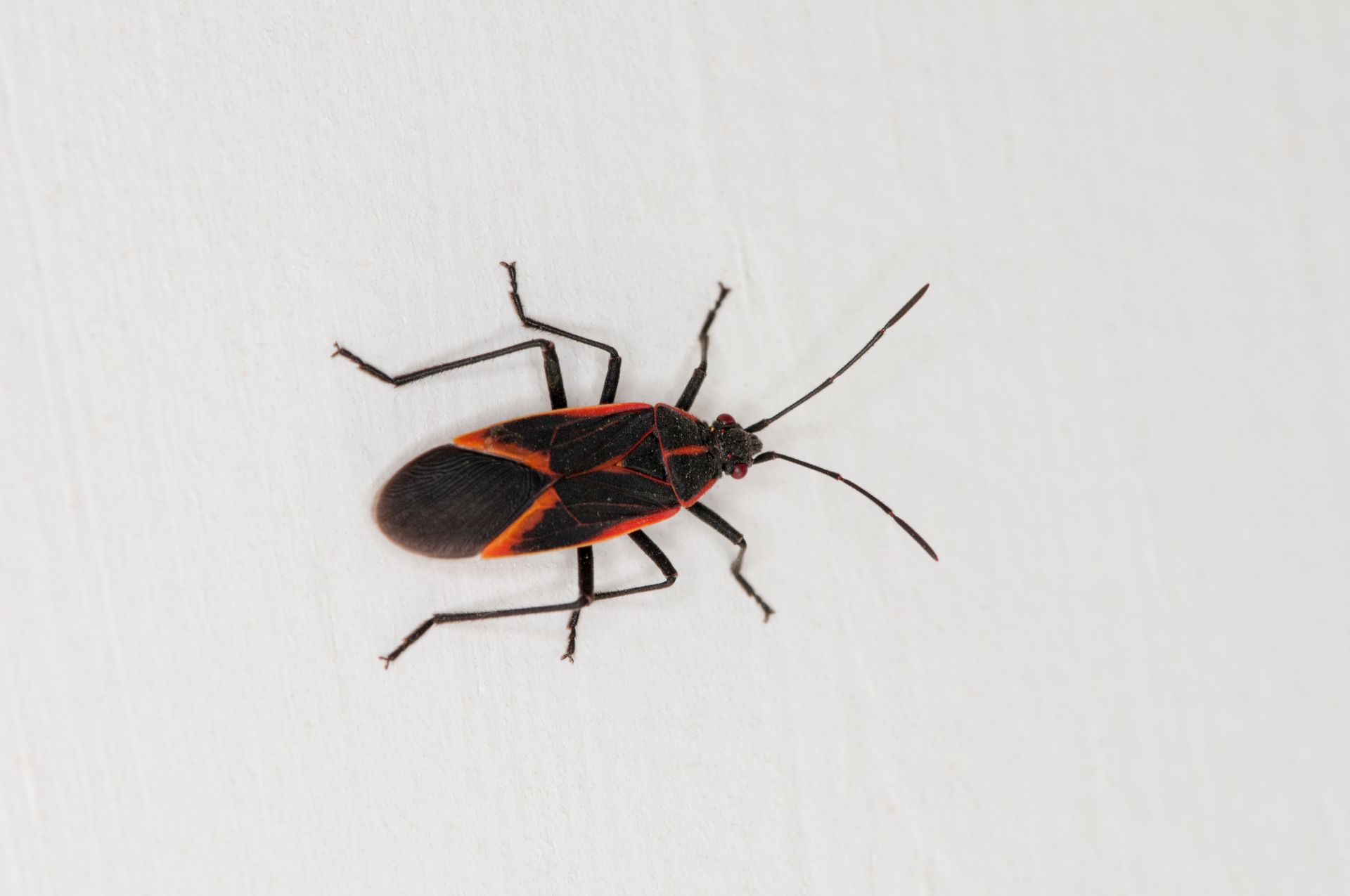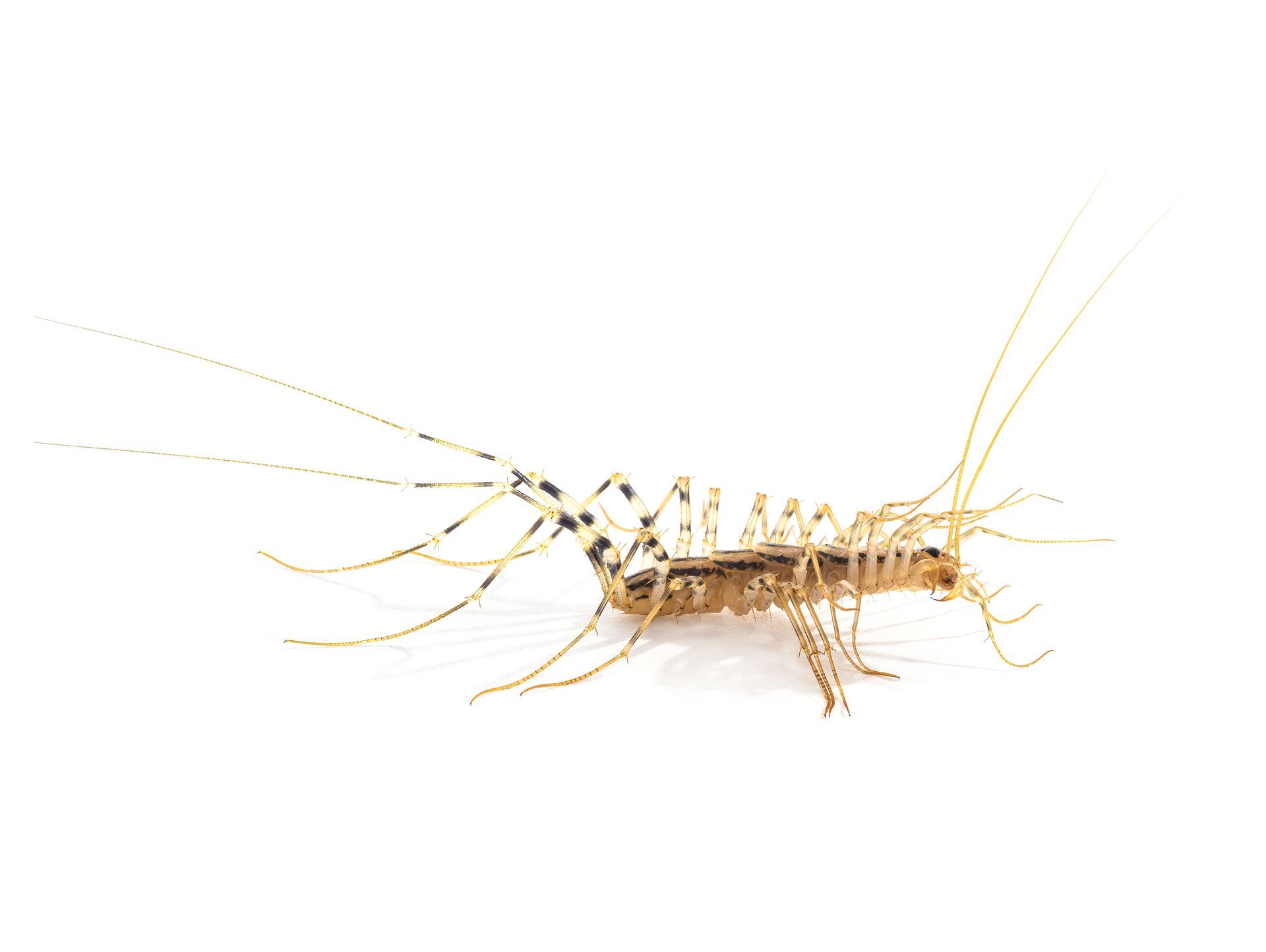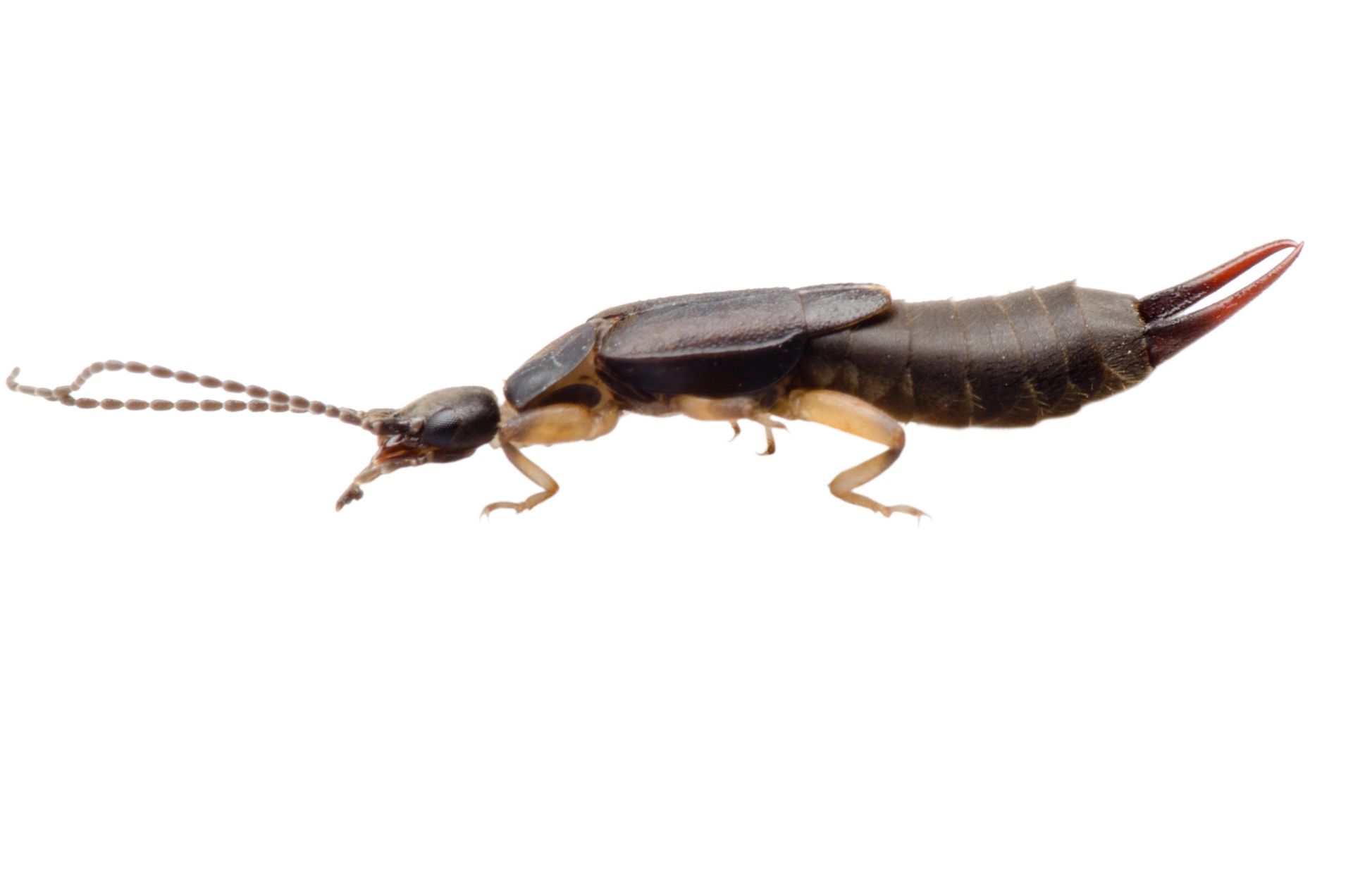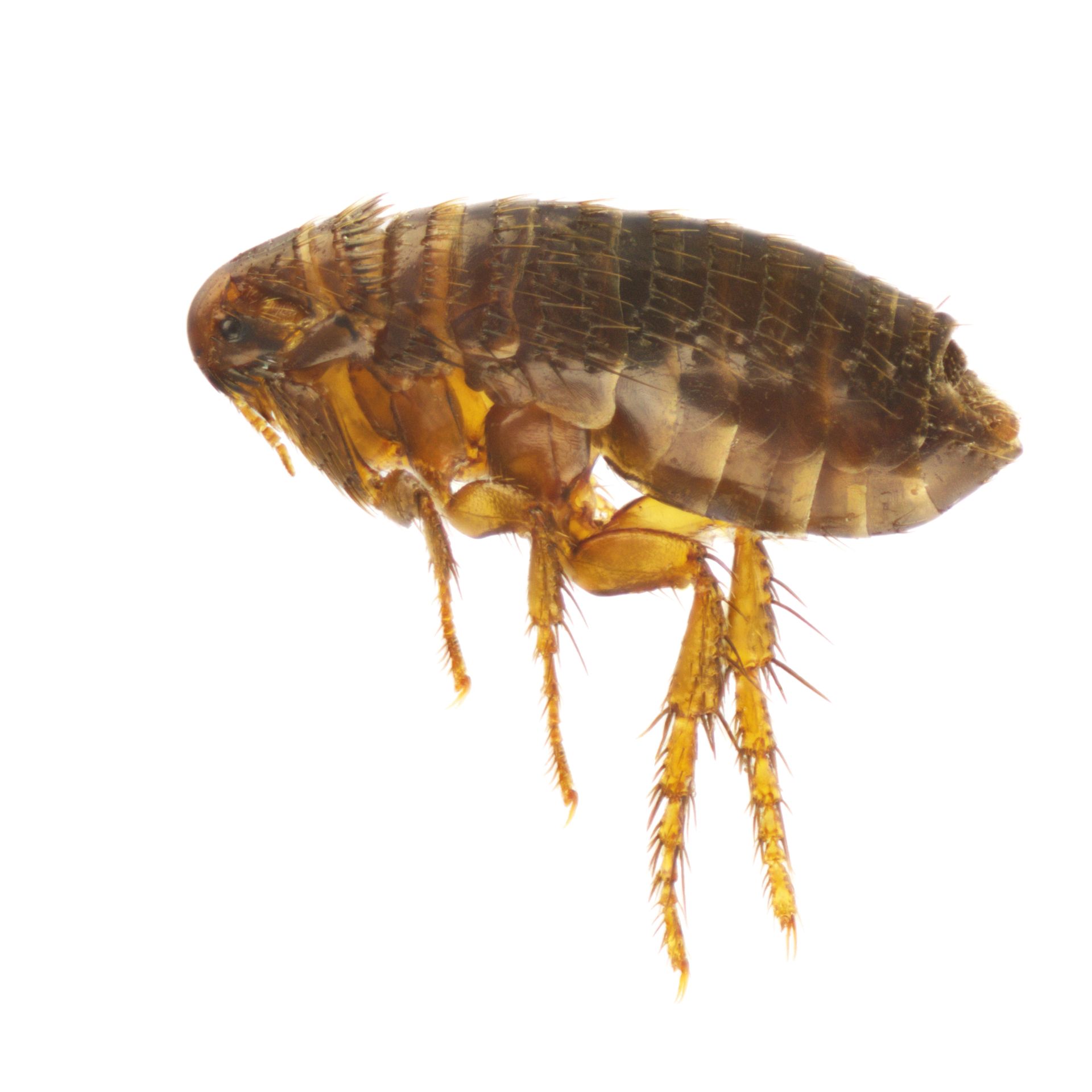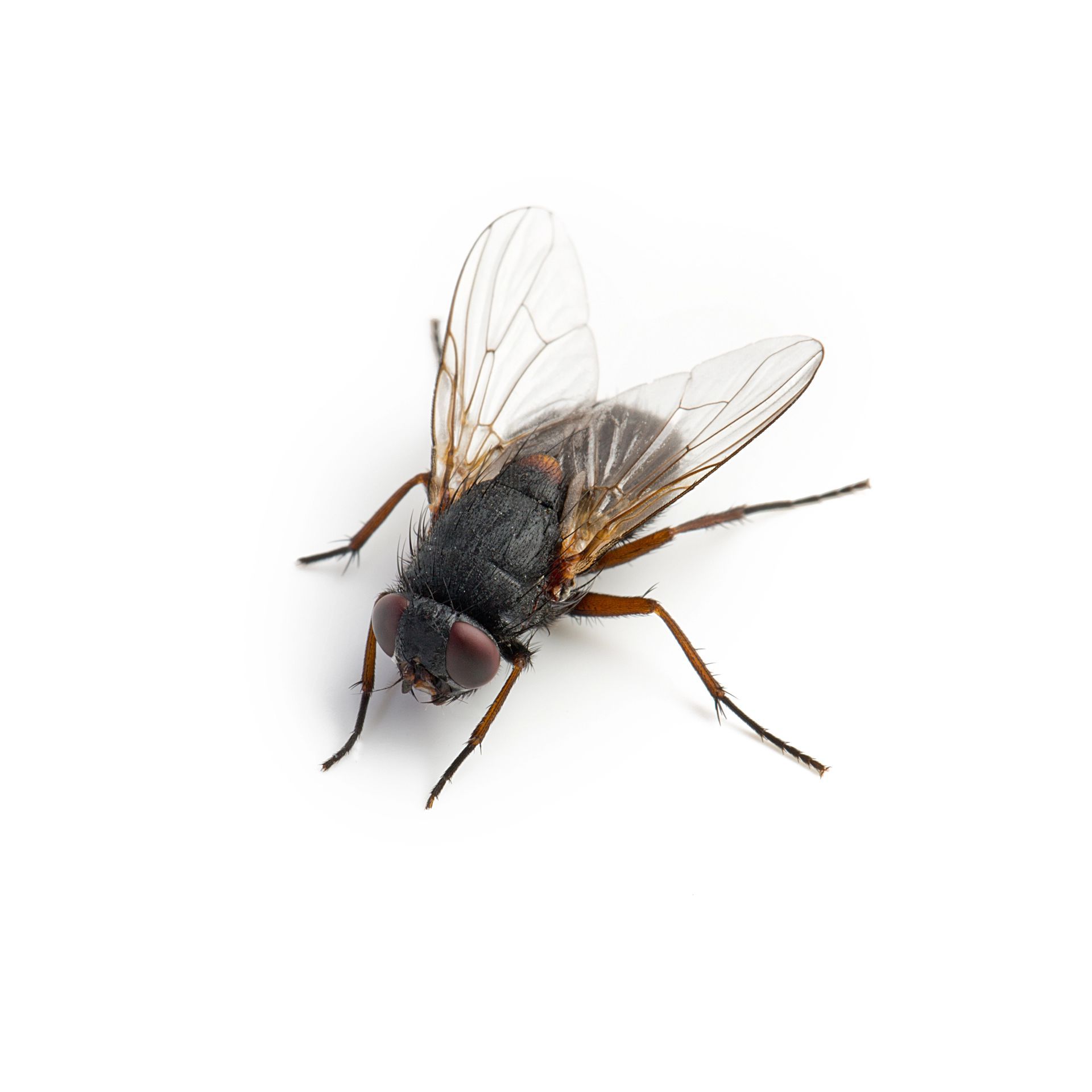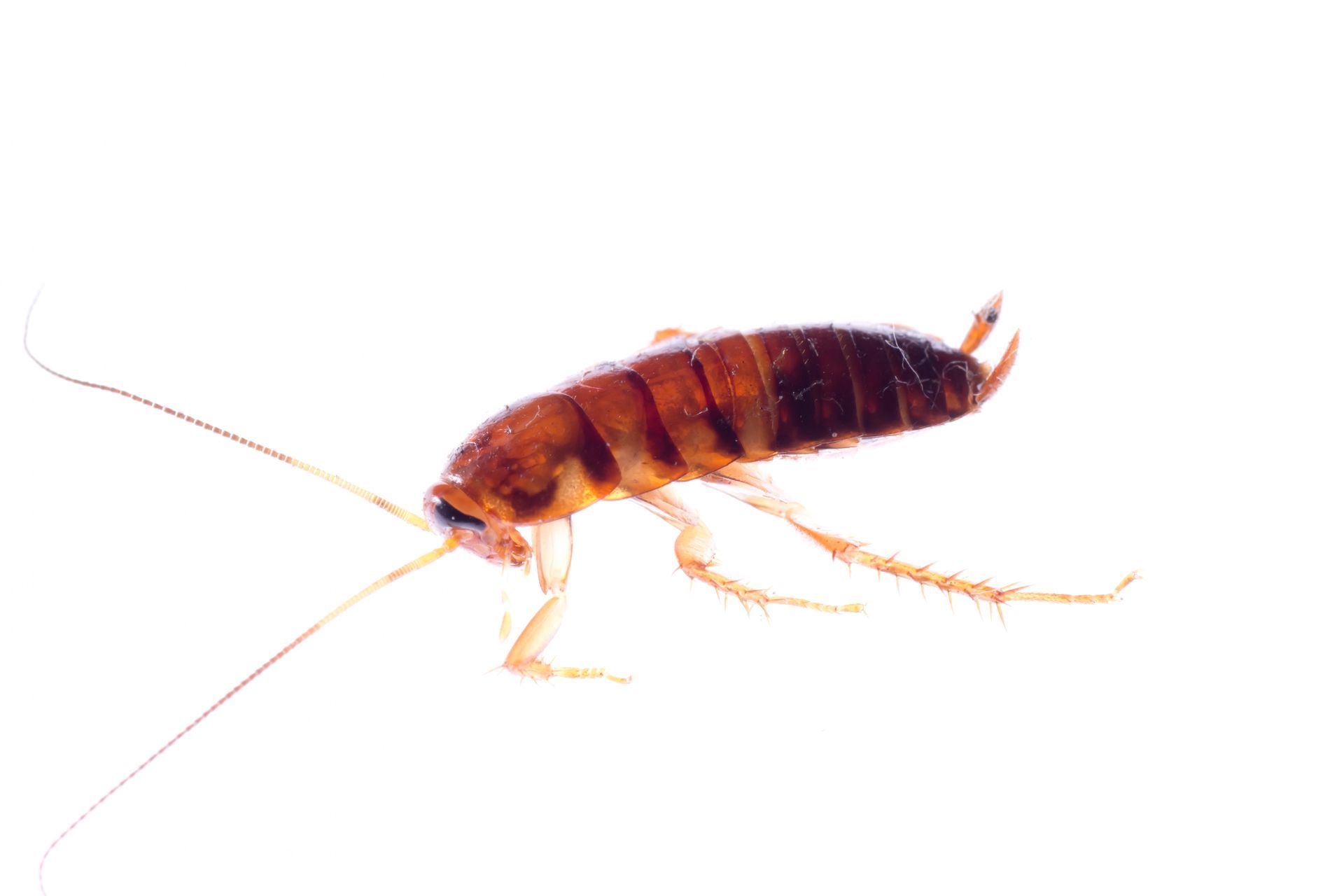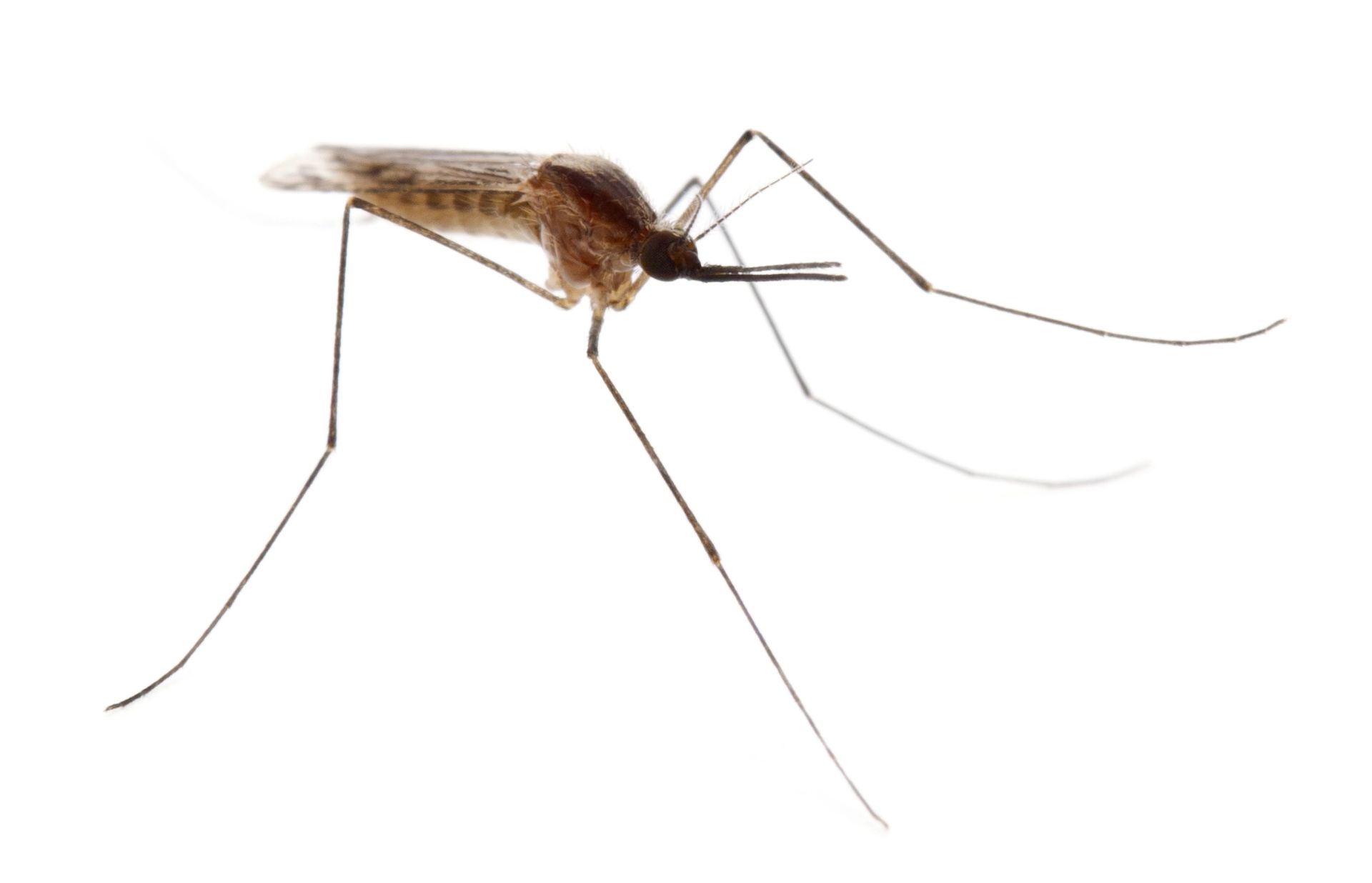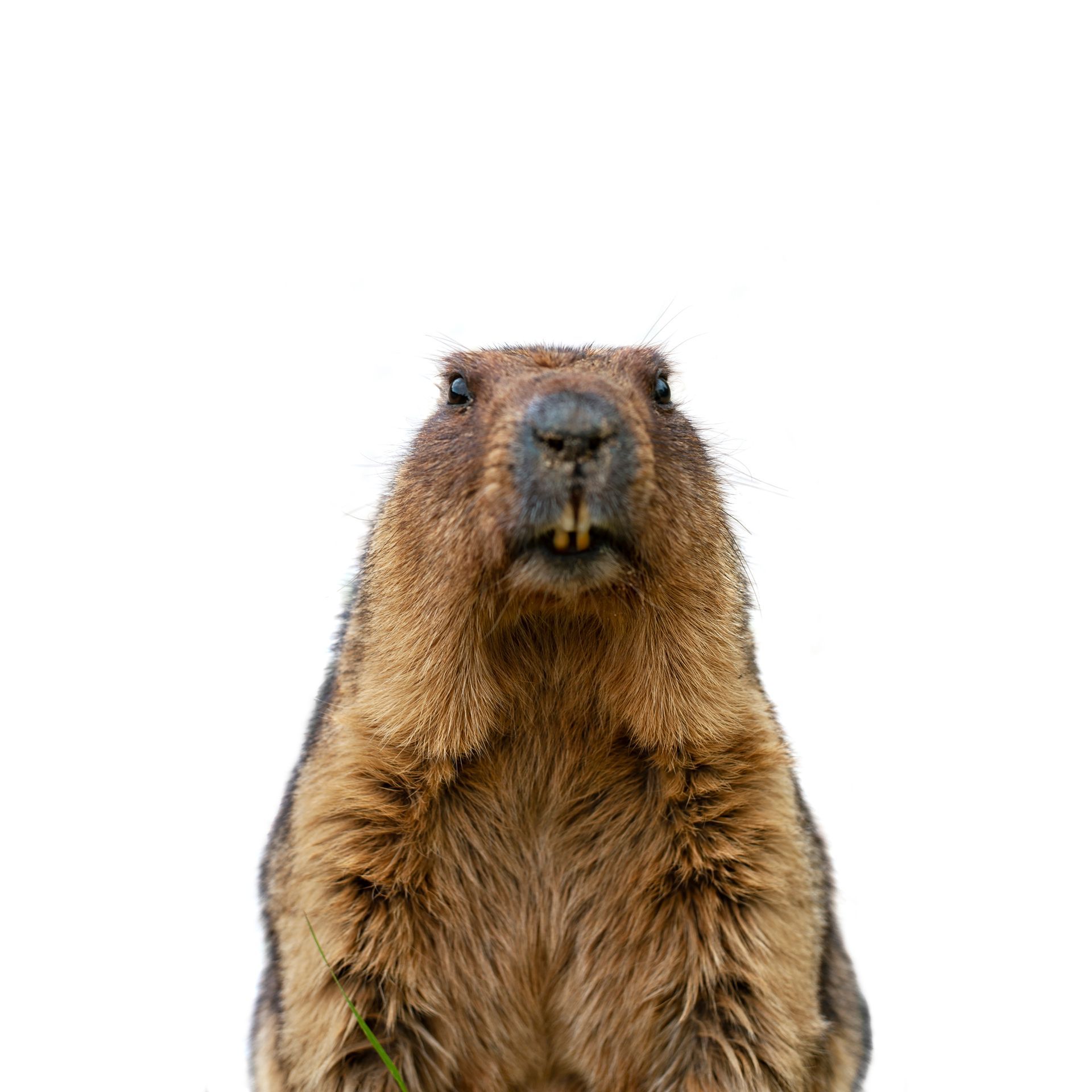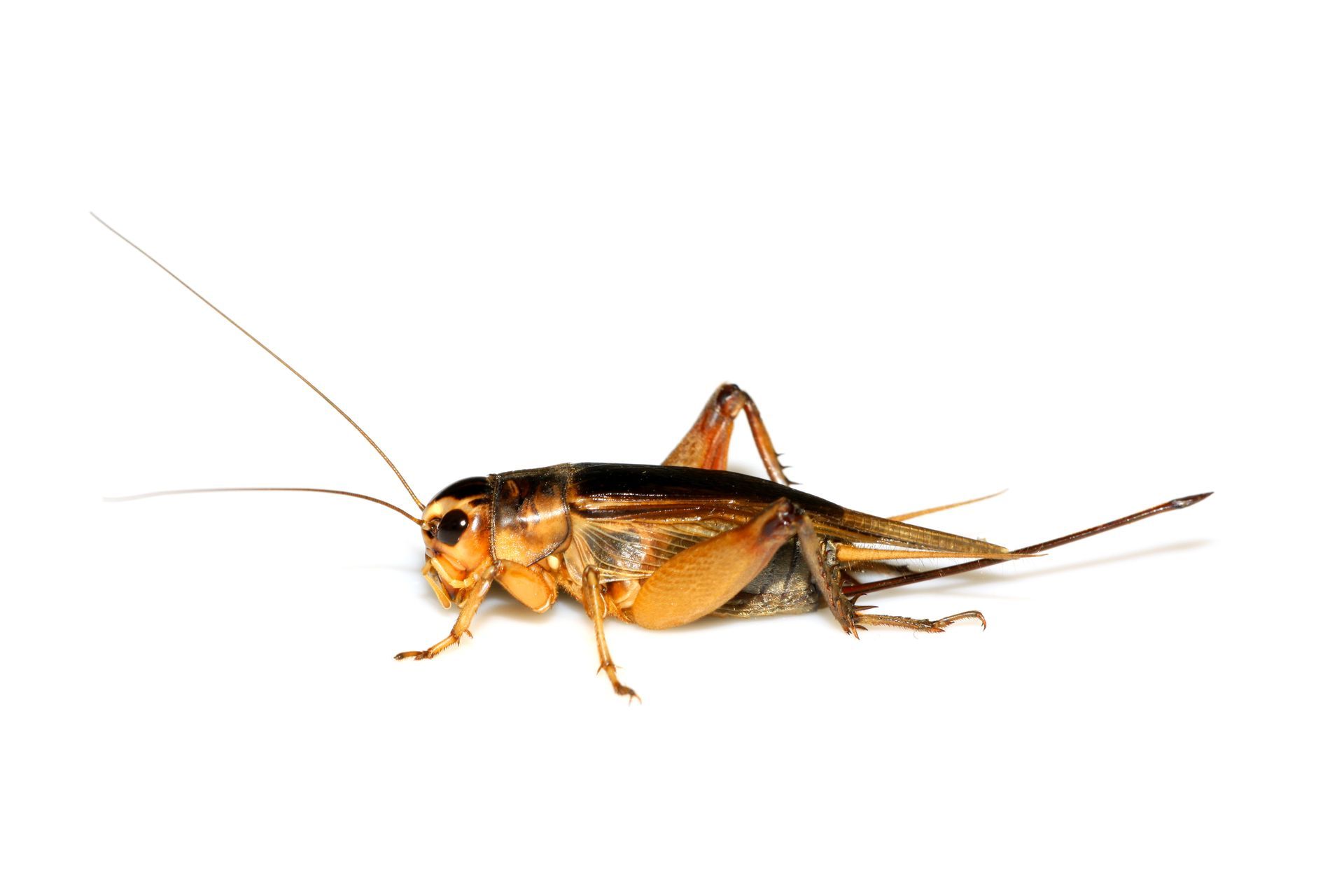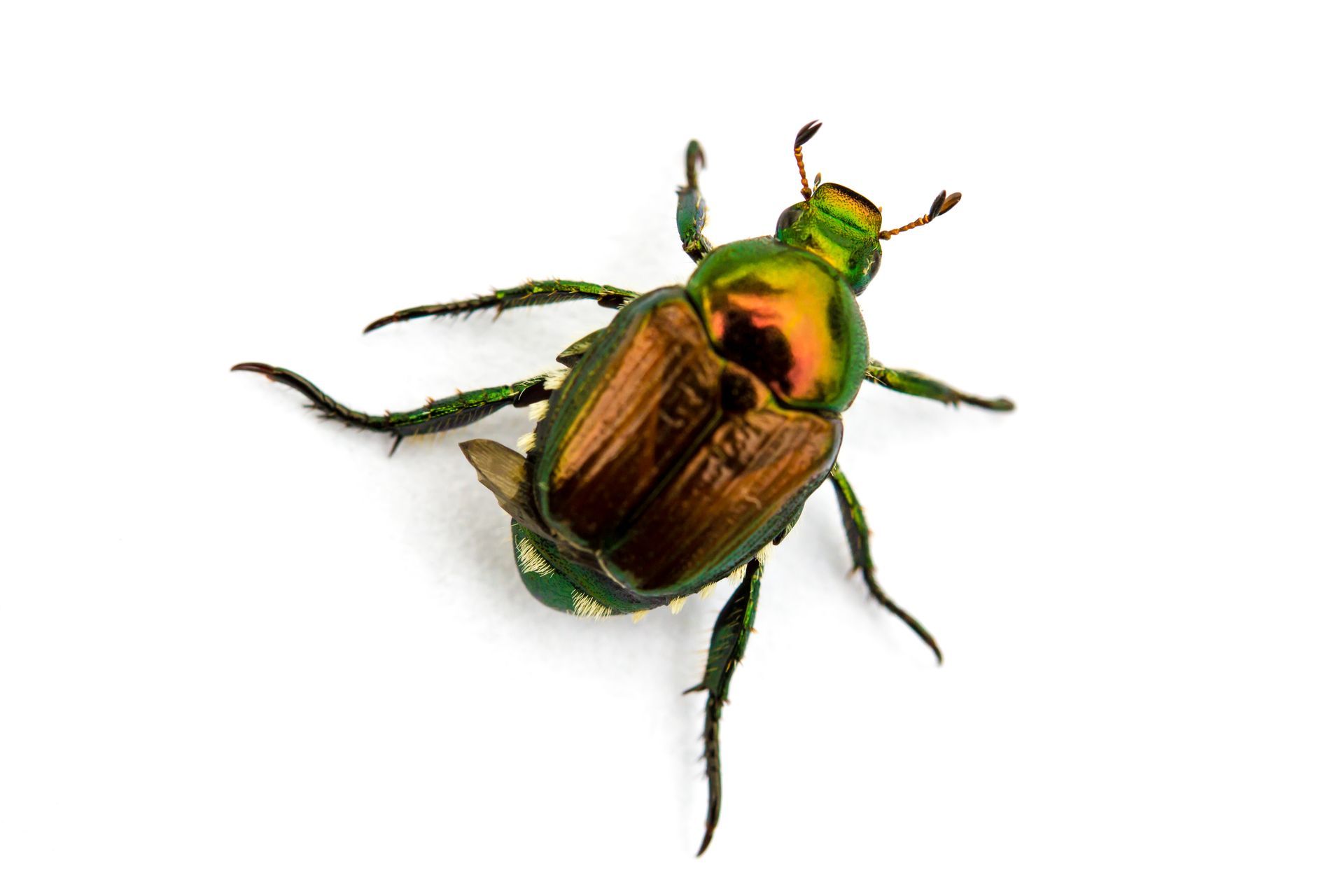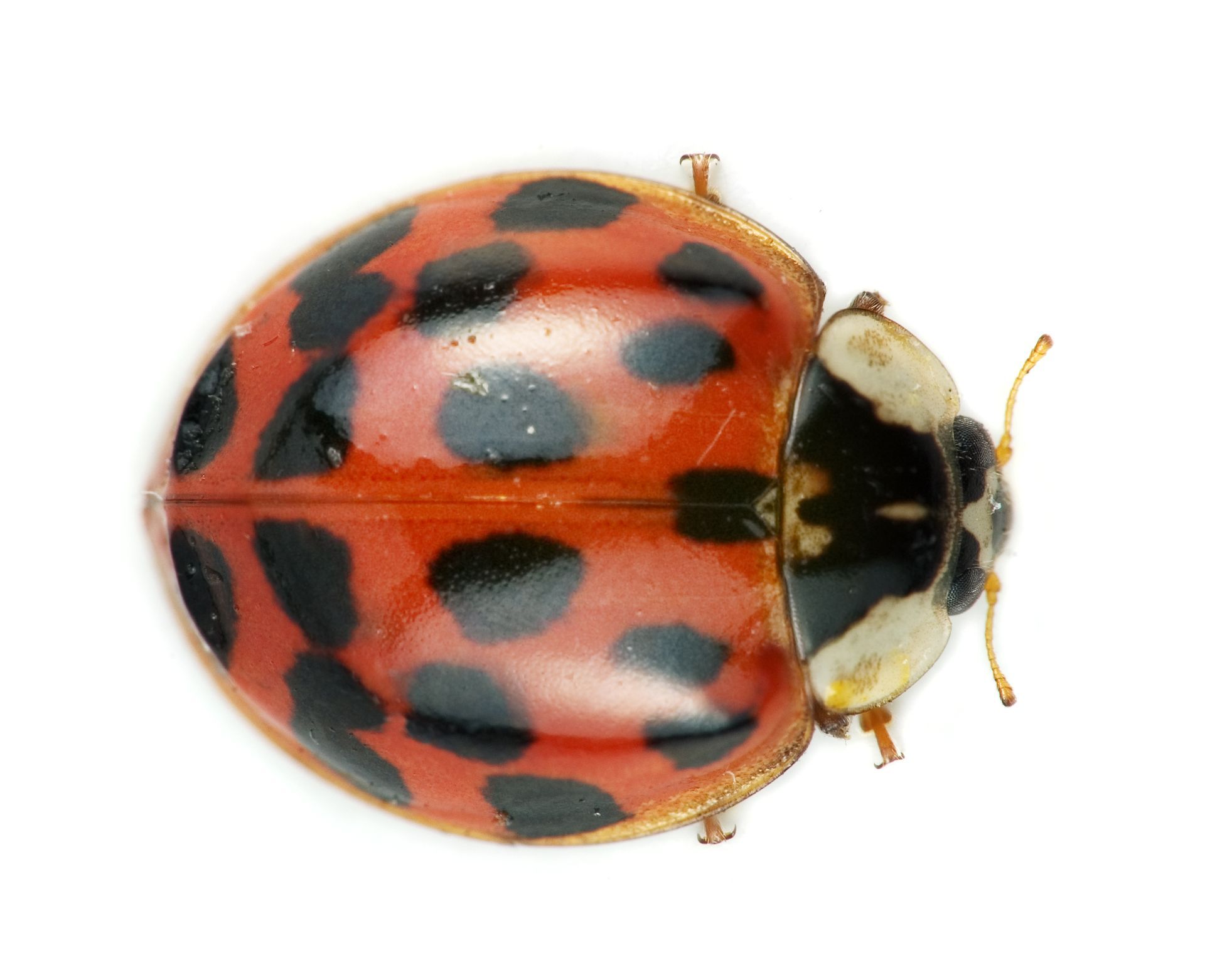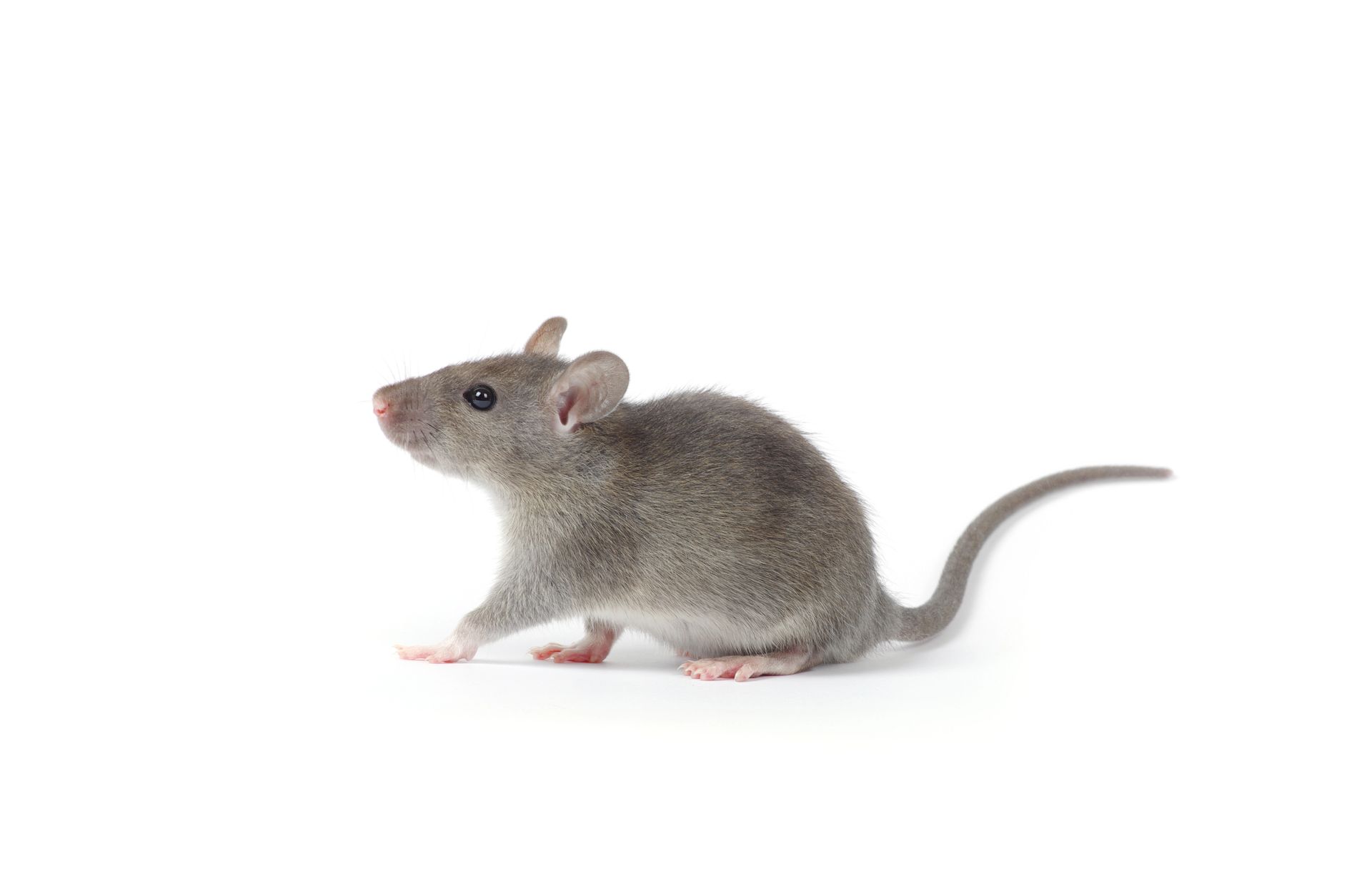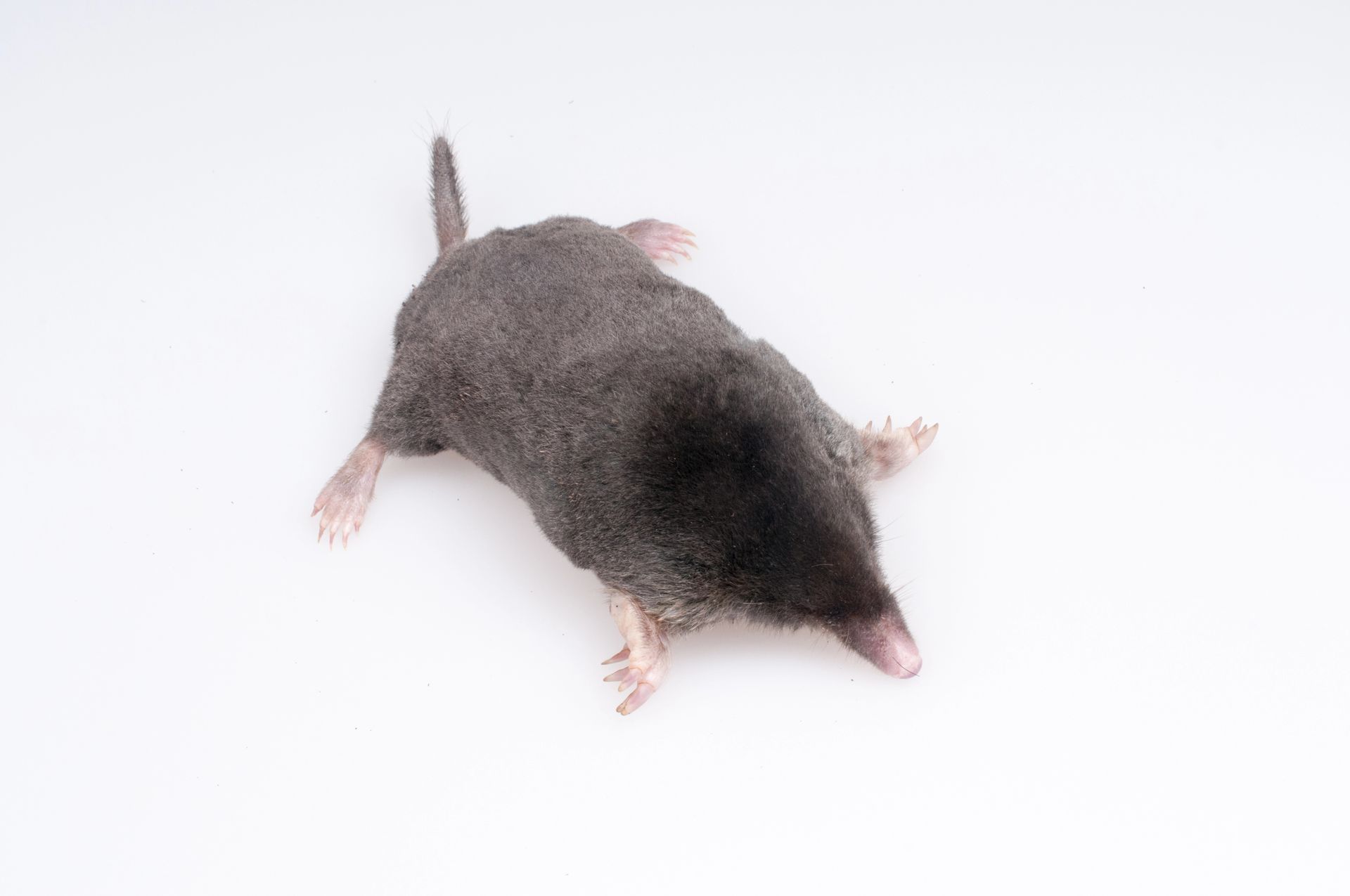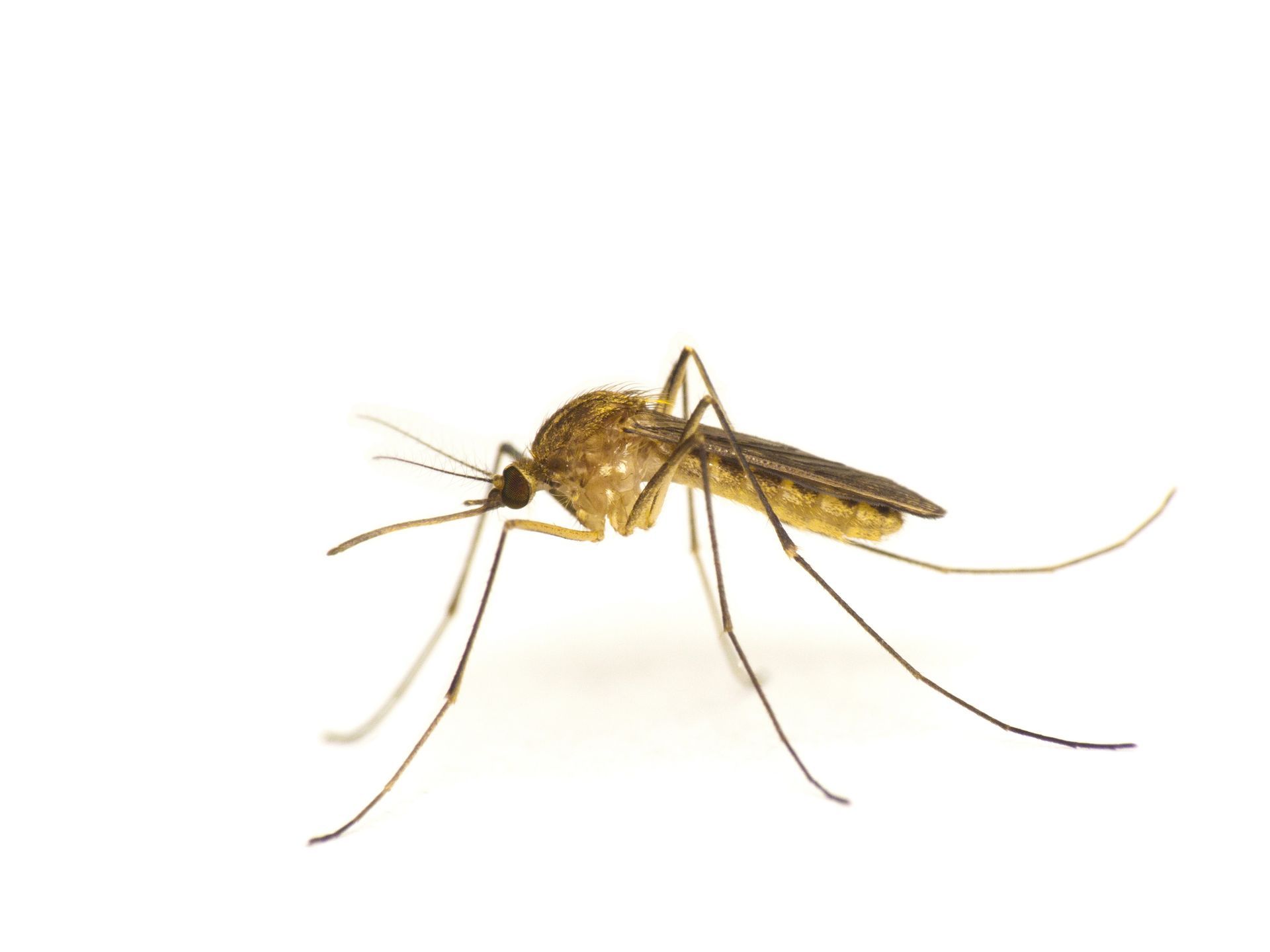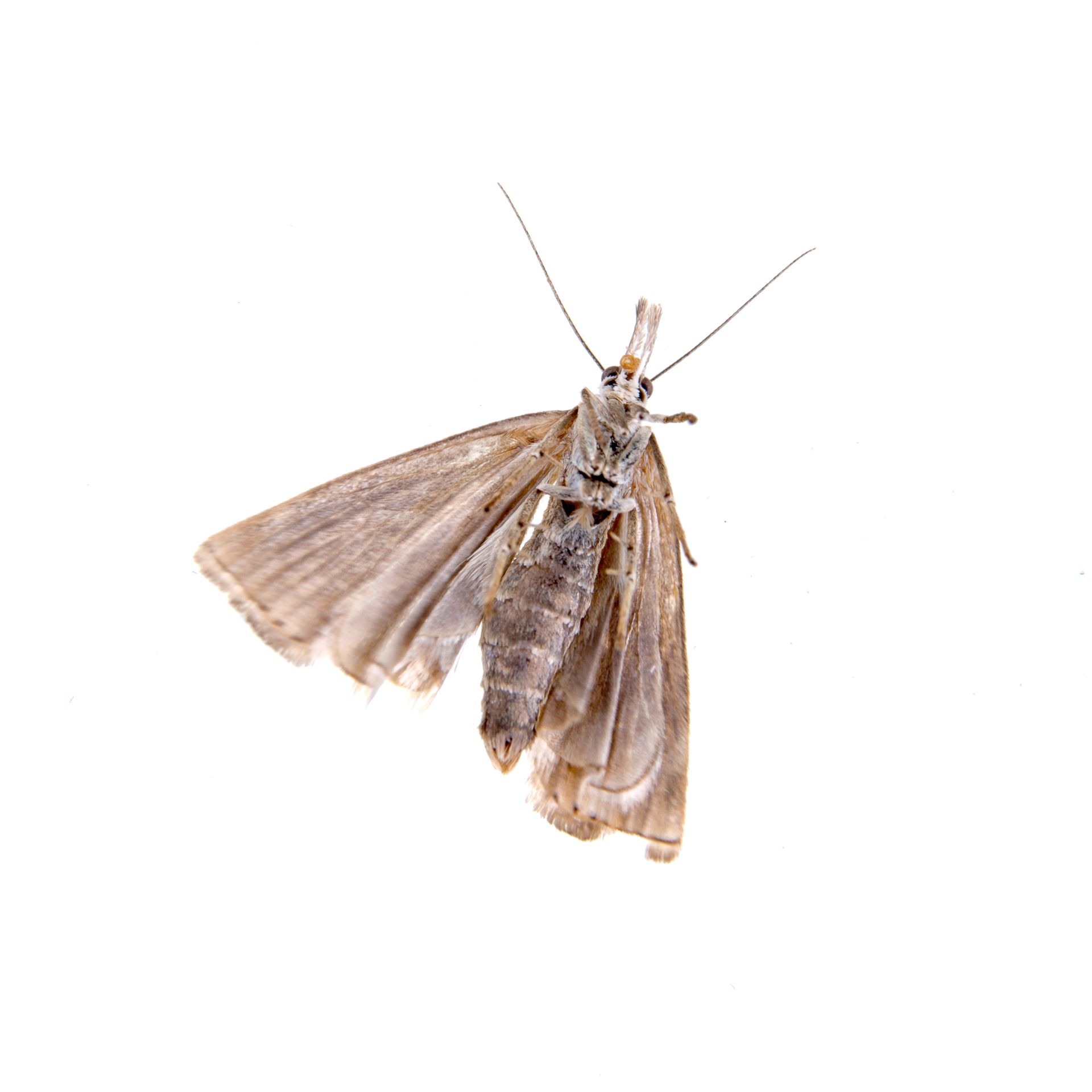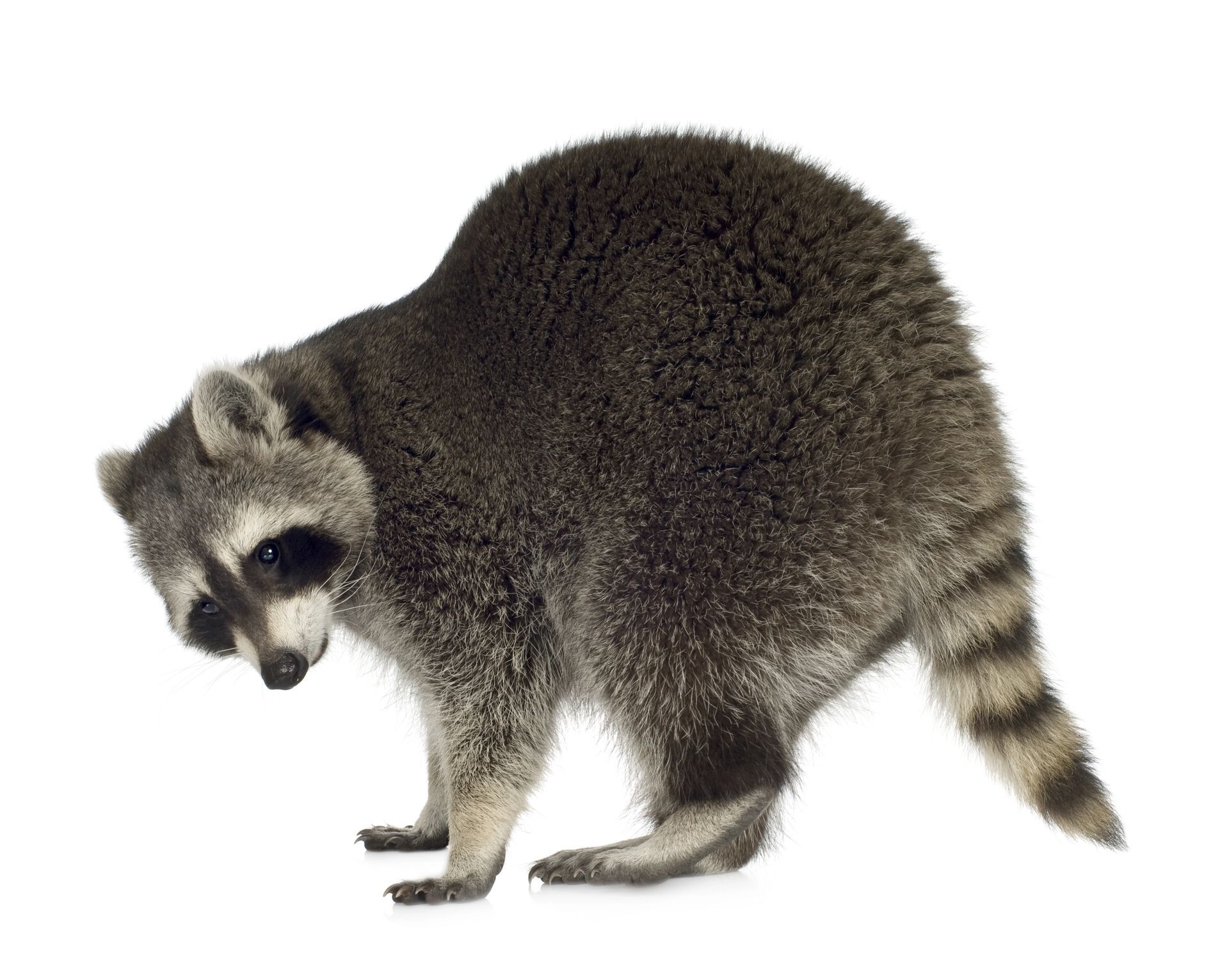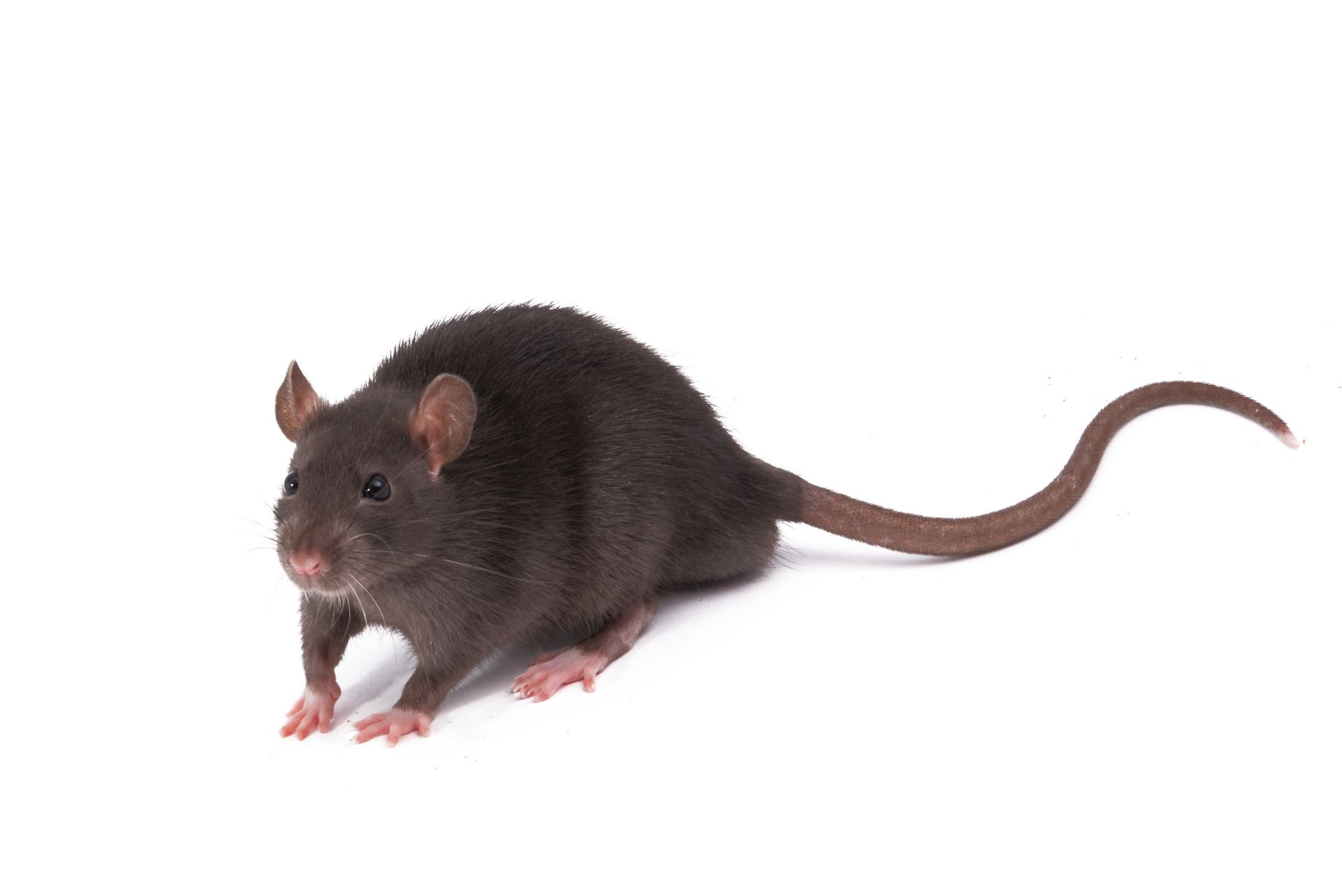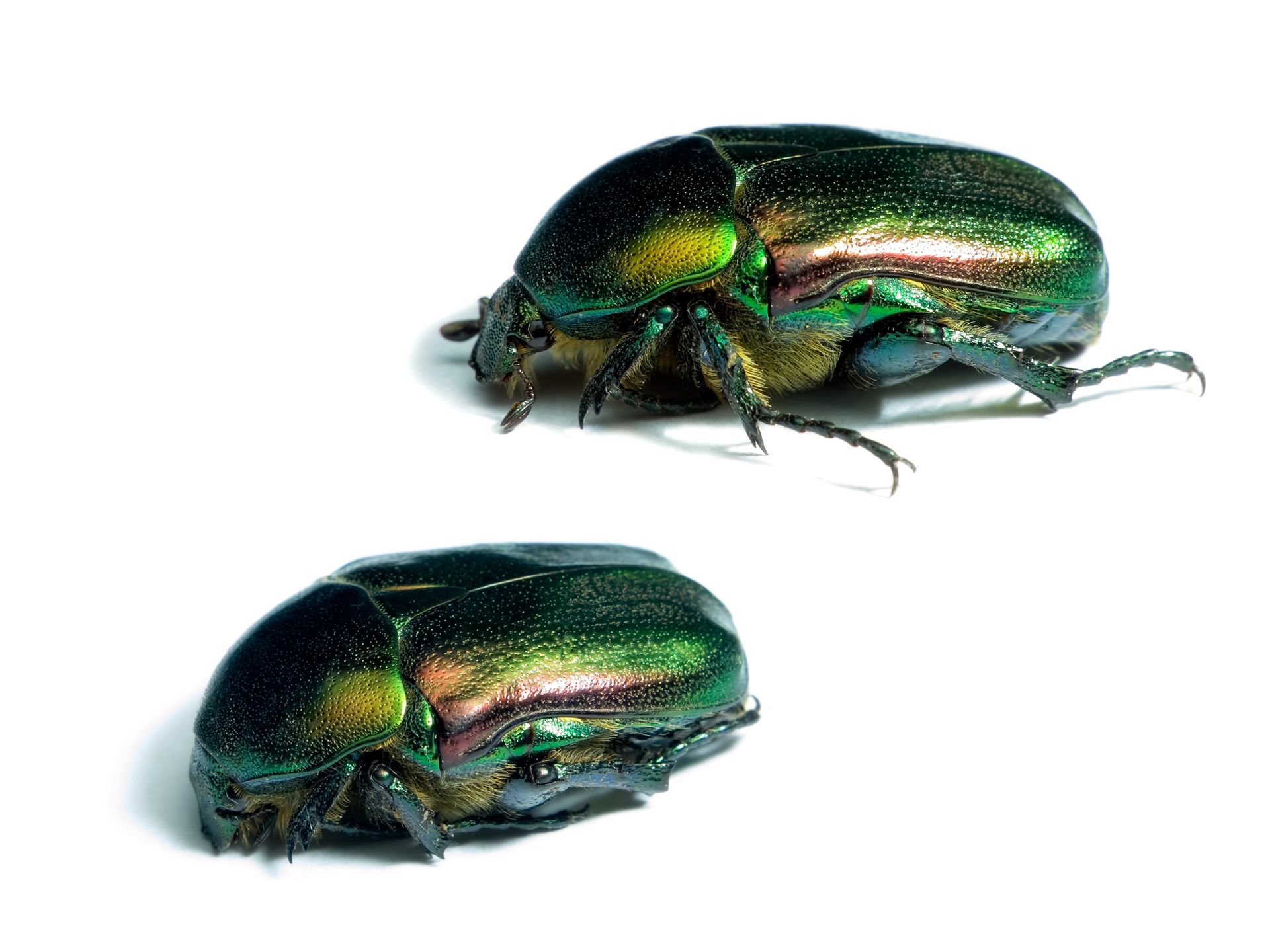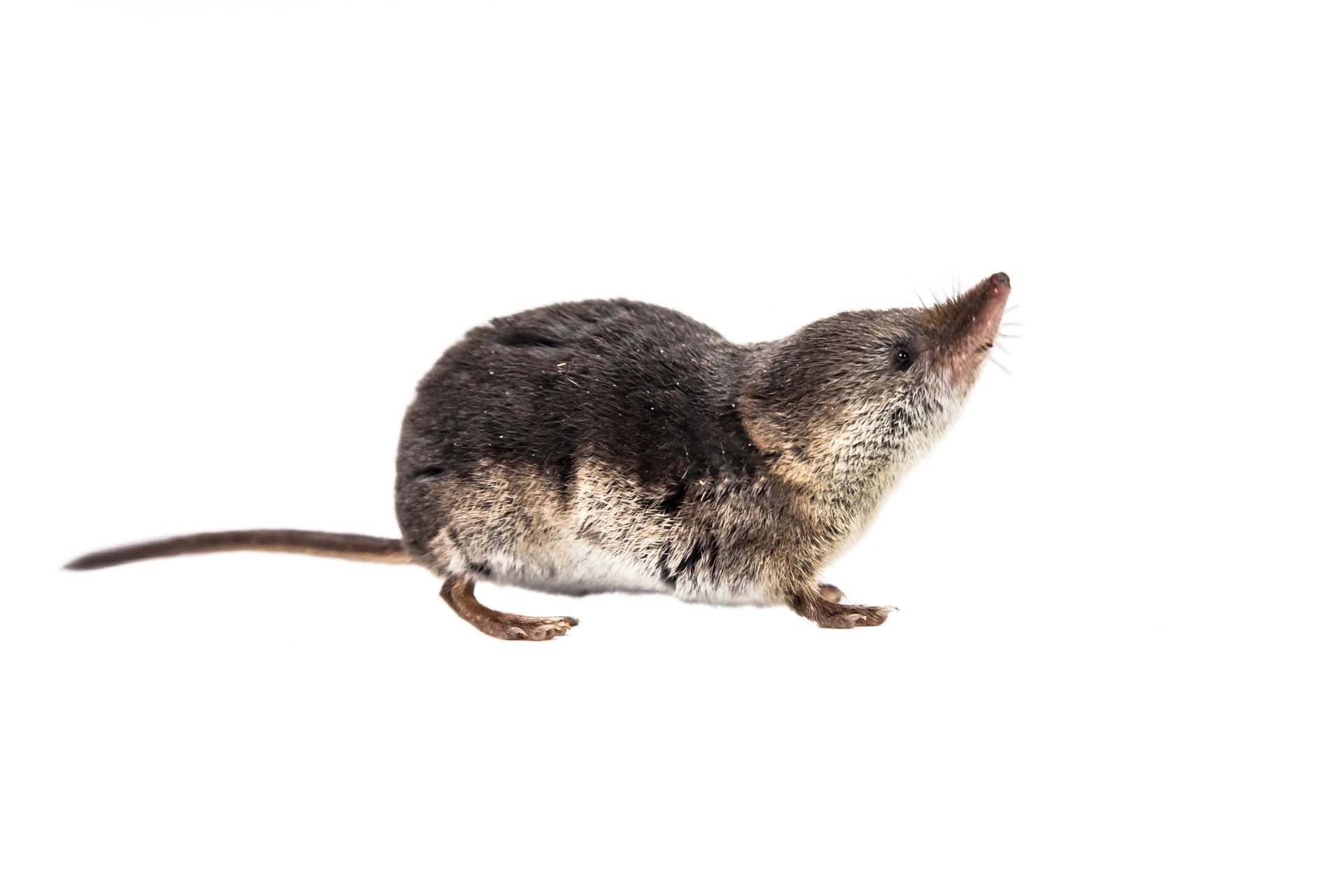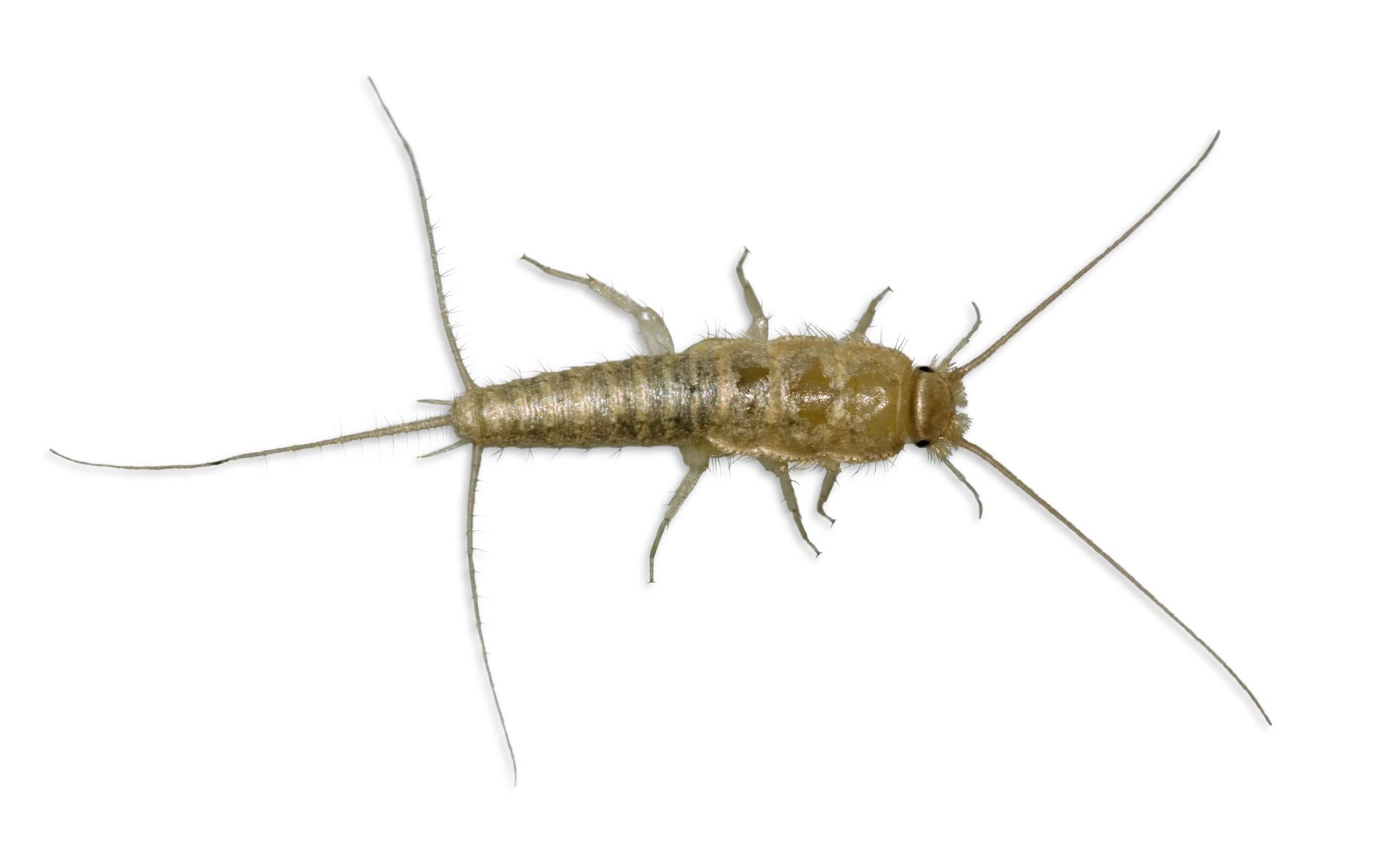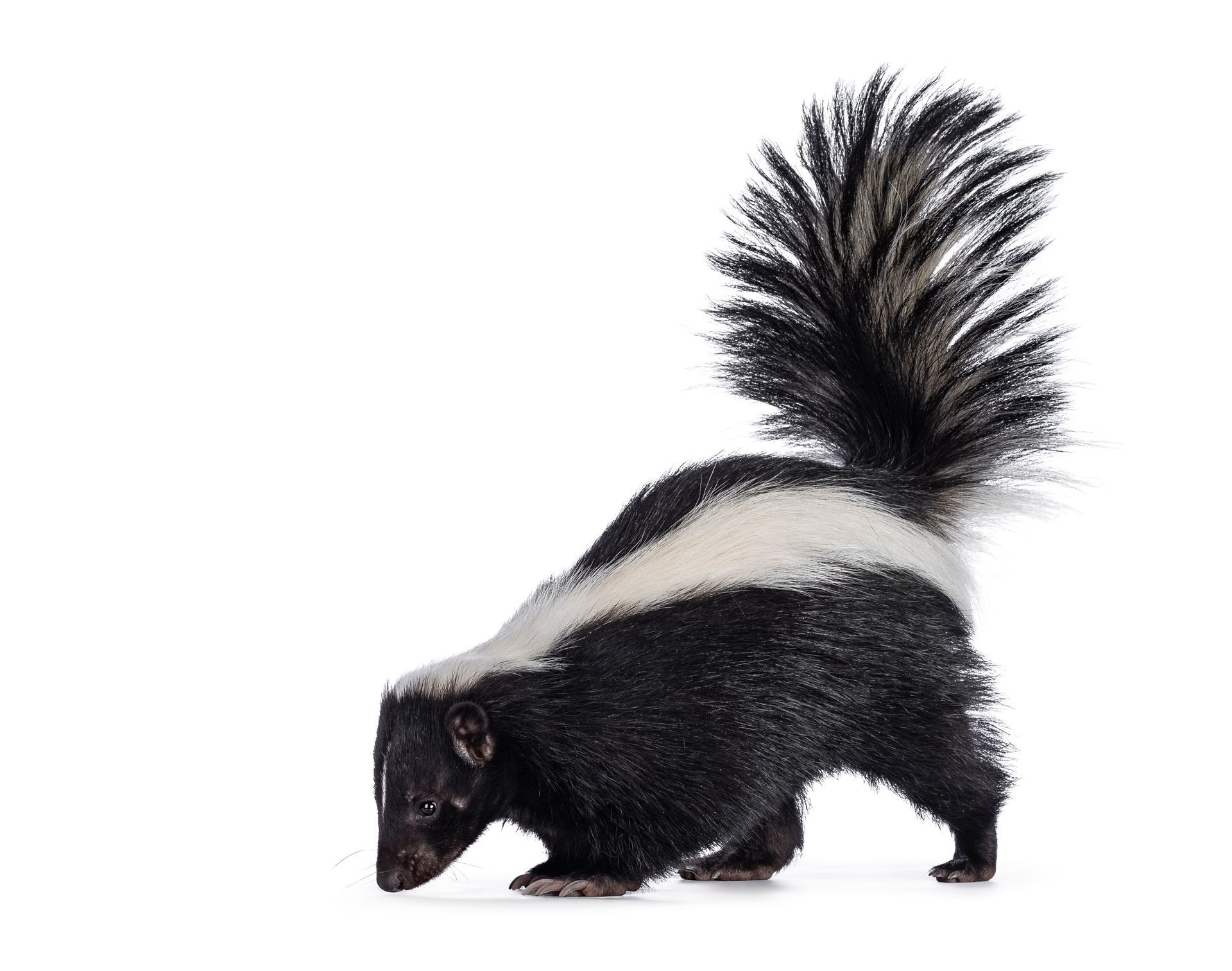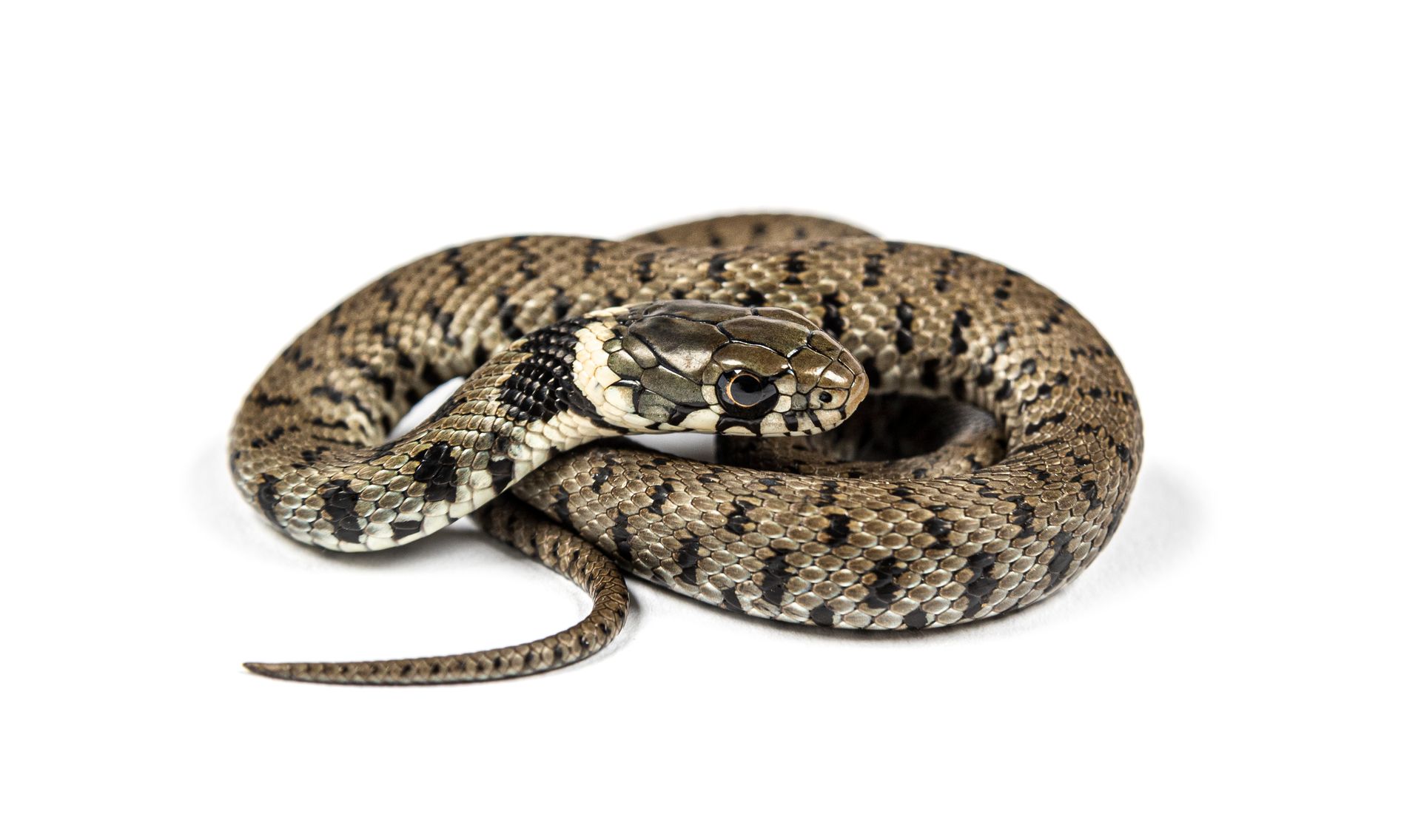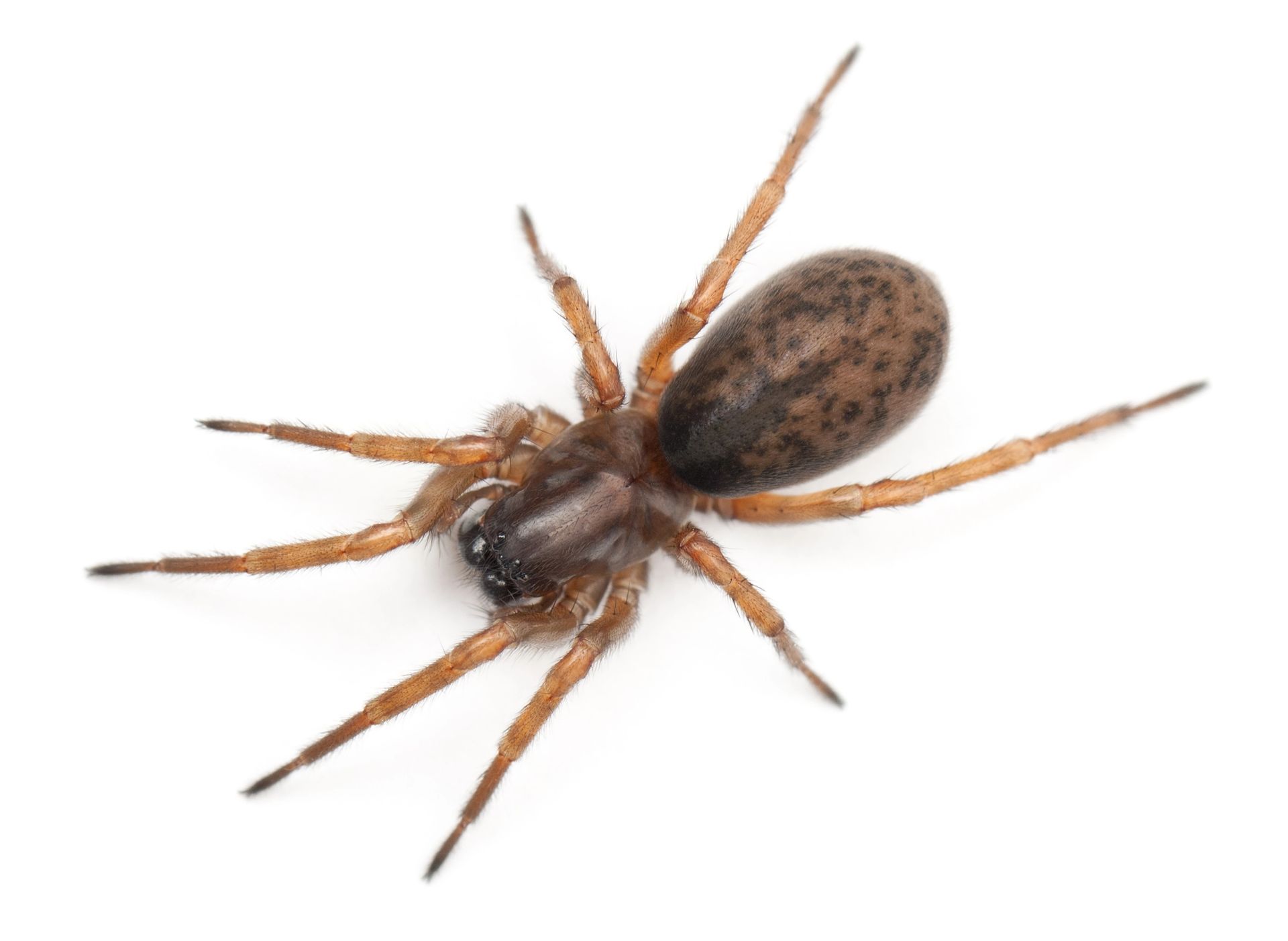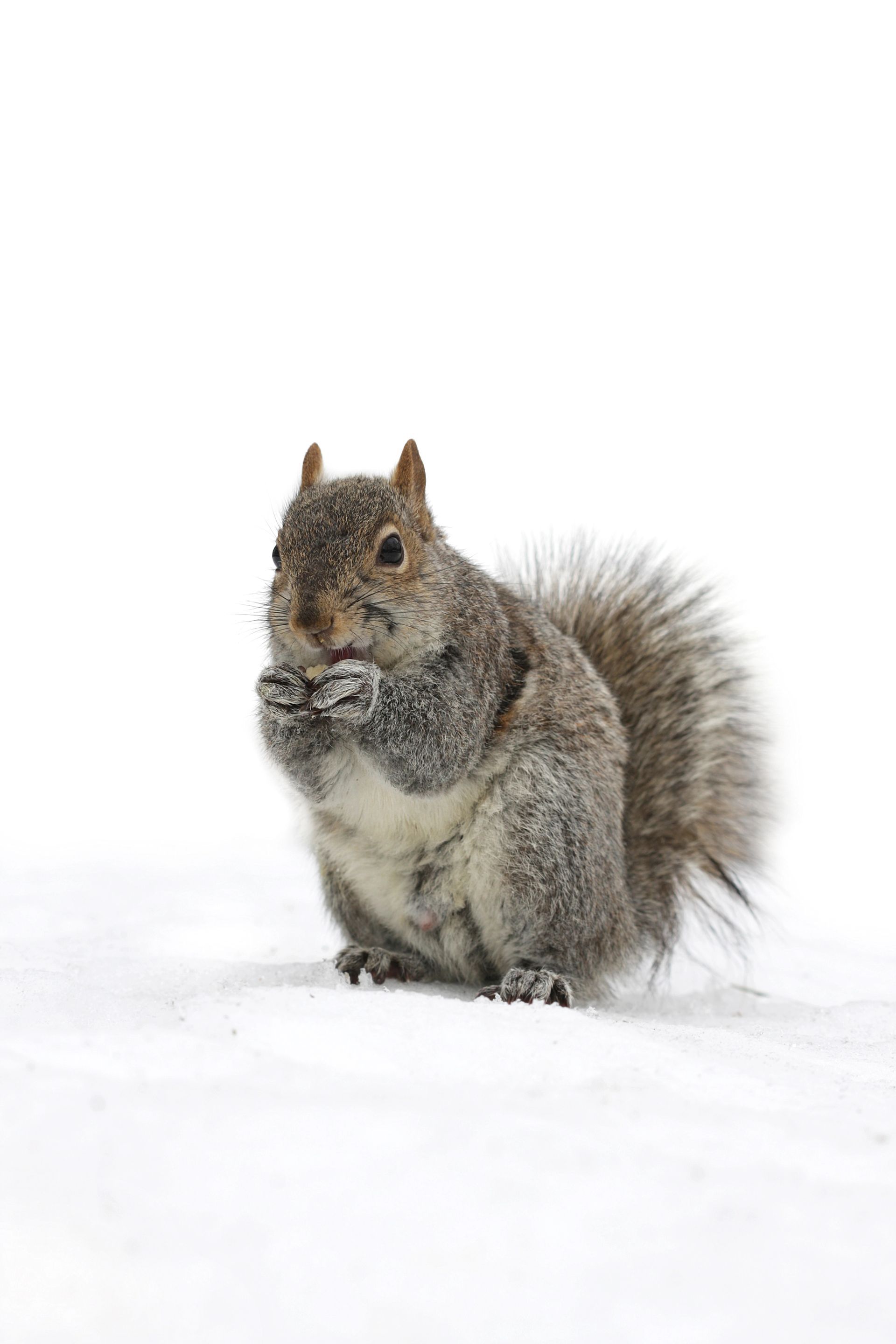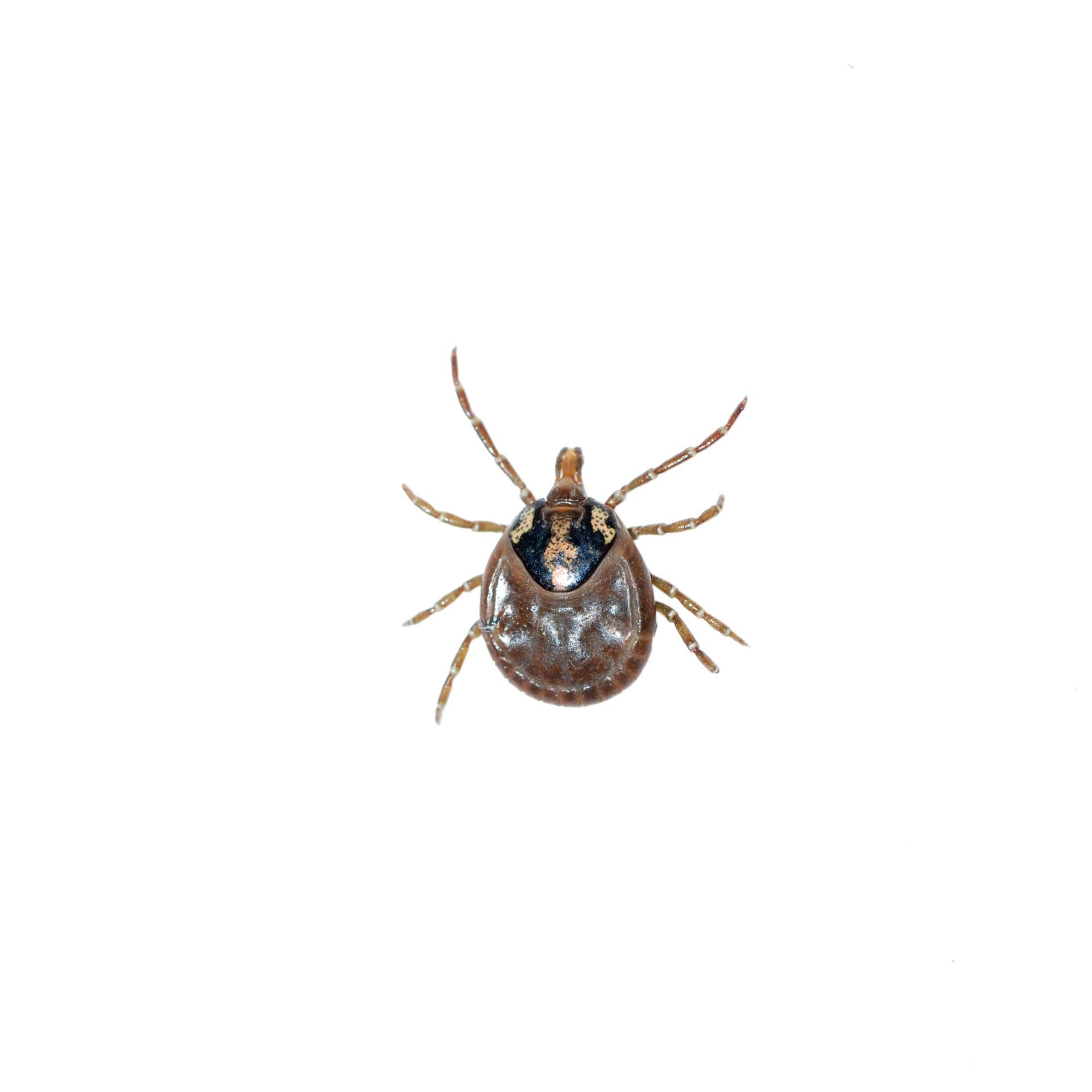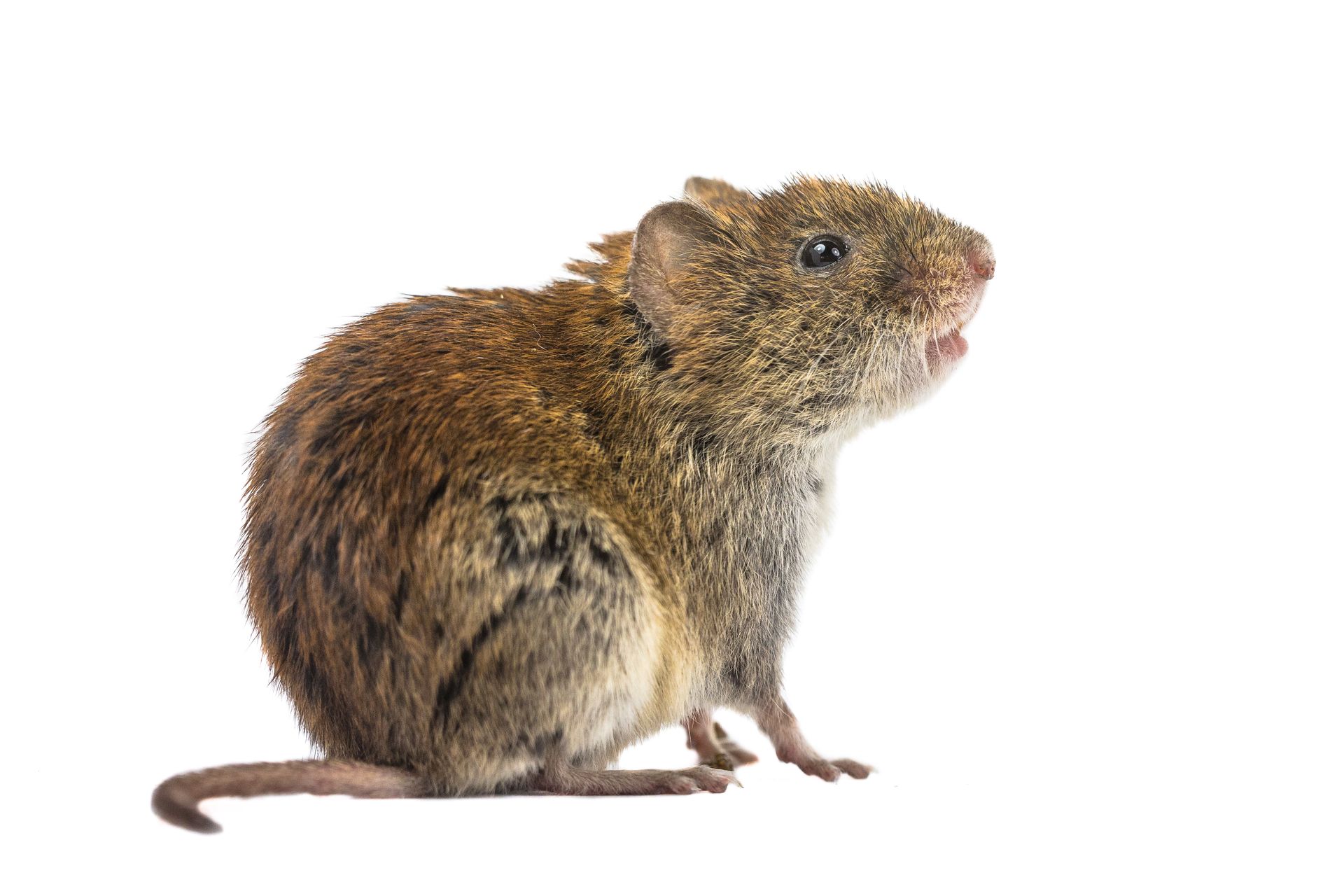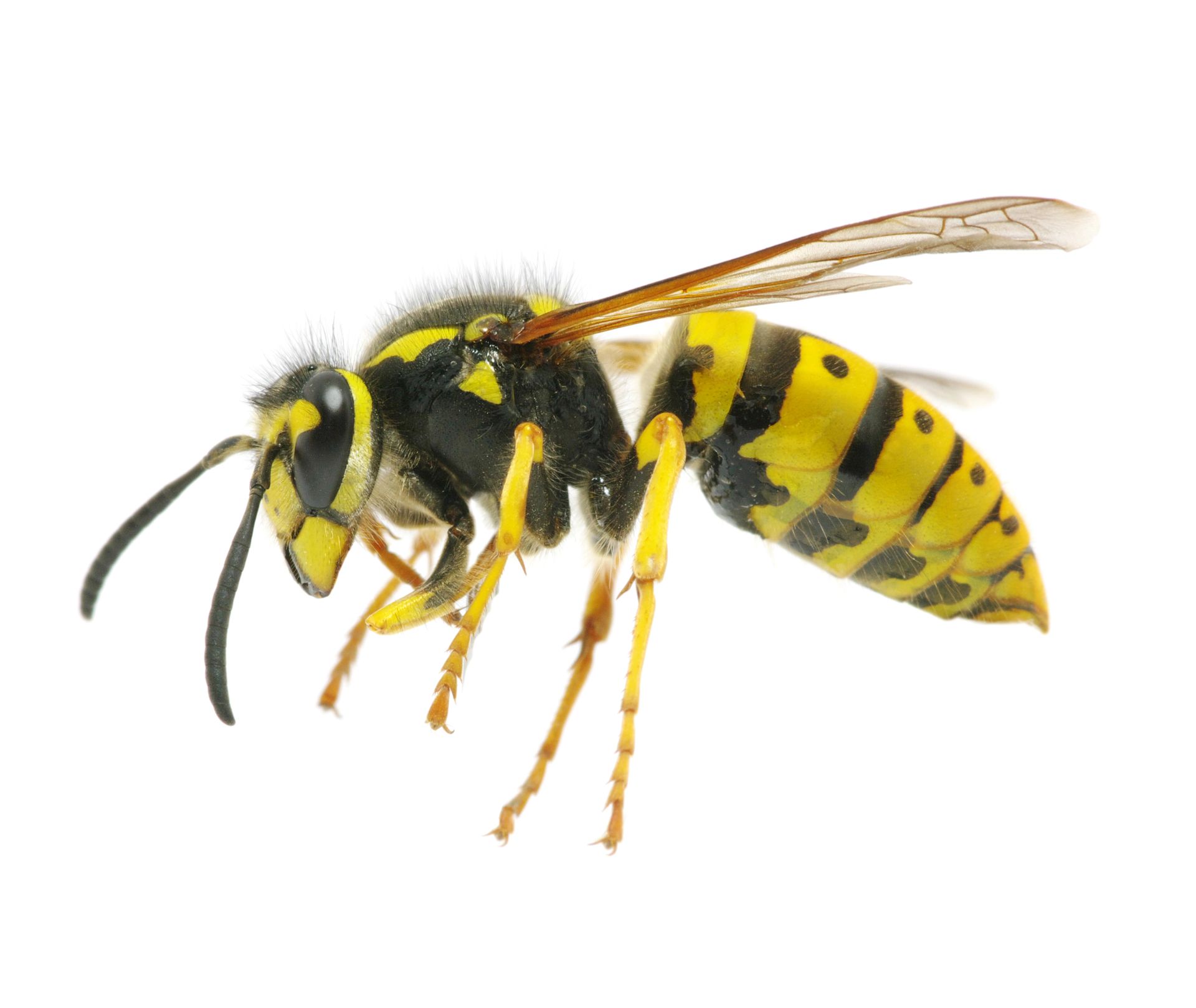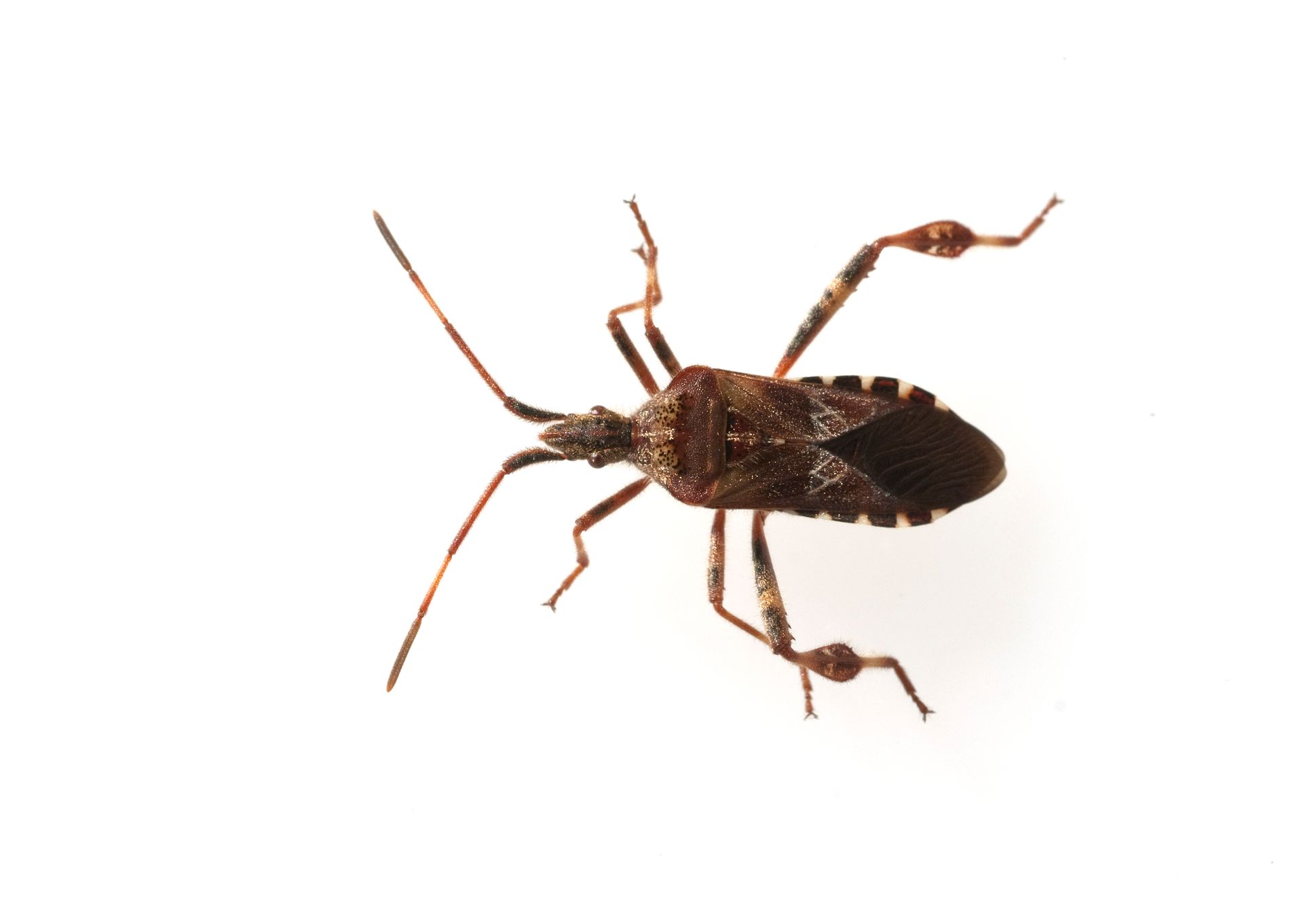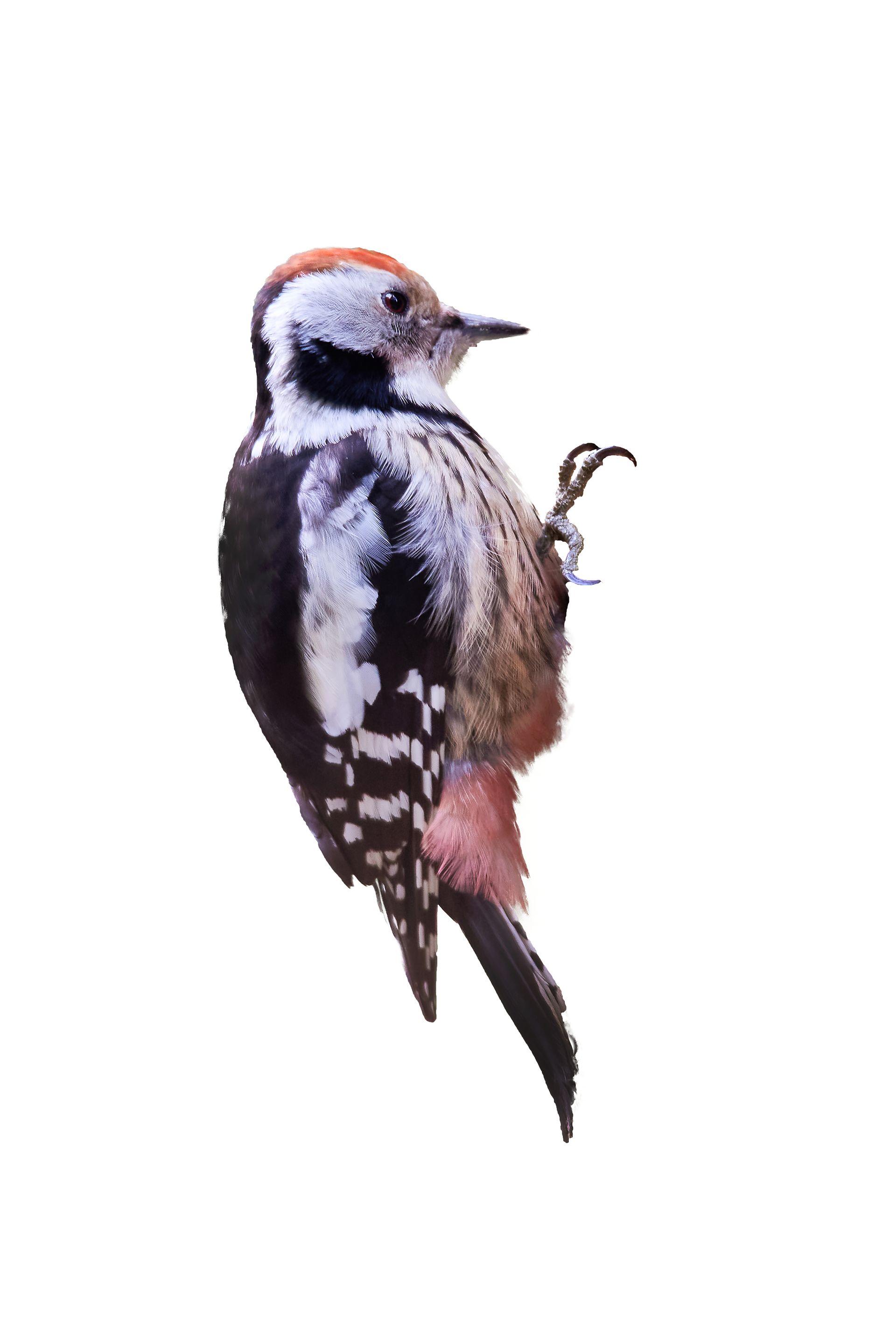Understanding Flies in Wisconsin
Flies are common pests in Wisconsin that can pose significant problems when they invade homes and buildings. Known for their rapid breeding and potential to spread diseases, flies are more than just a nuisance. Understanding where flies are typically found, what attracts them to indoor environments, and why they are unsuitable for homes and buildings is essential for effective management and prevention.
Types and Habitats of Flies
Several types of flies can be found in Wisconsin, including:
House Flies: Common indoor pests known for their fast reproduction and attraction to food waste.
Fruit Flies: Small flies often found around decaying fruits and vegetables.
Cluster Flies: Larger flies that are typically seen in large numbers around windows and attics during the fall and winter.
Blow Flies: Metallic-colored flies attracted to decaying organic matter.
Flies are typically found in:
Outdoors:
Garbage Areas: Flies are attracted to garbage bins, compost piles, and other areas with decaying organic matter.
Animal Waste: Manure and other animal waste are prime breeding grounds for many types of flies.
Gardens and Farms: Areas with abundant plant material and organic waste can attract flies.
Indoors:
Kitchens and Dining Areas: Flies are attracted to food sources, especially uncovered food, spills, and food waste.
Bathrooms: Moist, humid environments can attract certain types of flies, such as drain flies.
Windows and Light Fixtures: Flies are often found around windows and light fixtures as they are attracted to light.
Attractions in Homes and Buildings
Flies are attracted to homes and buildings for several reasons:
Food Sources: Flies are drawn to any type of food, including fruit, vegetables, meat, sweets, and garbage.
Moisture: Areas with high humidity and standing water, such as bathrooms, kitchens, and basements, attract flies.
Waste: Improperly stored garbage, compost, and pet waste provide ideal breeding sites for flies.
Light: Many fly species are attracted to light, which is why they often gather around windows and light fixtures.
Why Flies Are Not Suitable for Homes and Buildings
While flies are an important part of the ecosystem, their presence indoors is highly undesirable for several reasons:
Health Risks:
Disease Transmission: Flies can carry and spread diseases such as salmonella, E. coli, and cholera by contaminating food and surfaces.
Food Contamination: Flies can transfer pathogens from waste and decaying matter to food, leading to potential foodborne illnesses.
Nuisance:
Annoyance: The constant buzzing and presence of flies can be extremely annoying and disruptive.
Infestations: Flies reproduce rapidly, and what starts as a small problem can quickly escalate into a large infestation.
Hygiene Issues:
Unclean Environment: The presence of flies can give the impression of poor hygiene and sanitation, which can be especially problematic for businesses.
Prevention and Control
To prevent and control fly infestations in homes and buildings, consider the following strategies:
Maintain Cleanliness:
Regular Cleaning: Clean kitchens, dining areas, and bathrooms regularly to remove food particles and waste that attract flies.
Proper Waste Management: Ensure garbage bins are tightly sealed and emptied regularly. Compost piles should be properly managed to minimize fly attraction.
Eliminate Moisture:
Fix Leaks: Repair any leaks in plumbing to reduce moisture levels.
Use Dehumidifiers: In areas prone to high humidity, use dehumidifiers to make the environment less hospitable for flies.
Seal Entry Points:
Screen Windows and Doors: Install or repair screens on windows and doors to prevent flies from entering.
Seal Cracks and Gaps: Inspect and seal any cracks or gaps around windows, doors, and foundations to keep flies out.
Proper Food Storage:
Cover Food: Always cover food and store it properly to prevent attracting flies.
Clean Up Spills: Immediately clean up any food or drink spills to remove potential attractants.
Professional Pest Control:
Inspection and Treatment: For severe infestations, contact a professional pest control service like BugBoss The X-Terminator for comprehensive fly management. Professionals can identify breeding sites and apply targeted treatments.
Ongoing Prevention: Regular follow-up treatments and inspections help ensure that flies do not return.
Understanding the habits and risks associated with flies in Wisconsin is crucial for keeping your home or building free from these pests. If you suspect a fly problem, taking swift action can prevent further issues and ensure a comfortable living environment. Trust BugBoss The X-Terminator to provide expert advice and effective fly control solutions tailored to your needs.
Local Pests & Wildlife in Wisconsin



